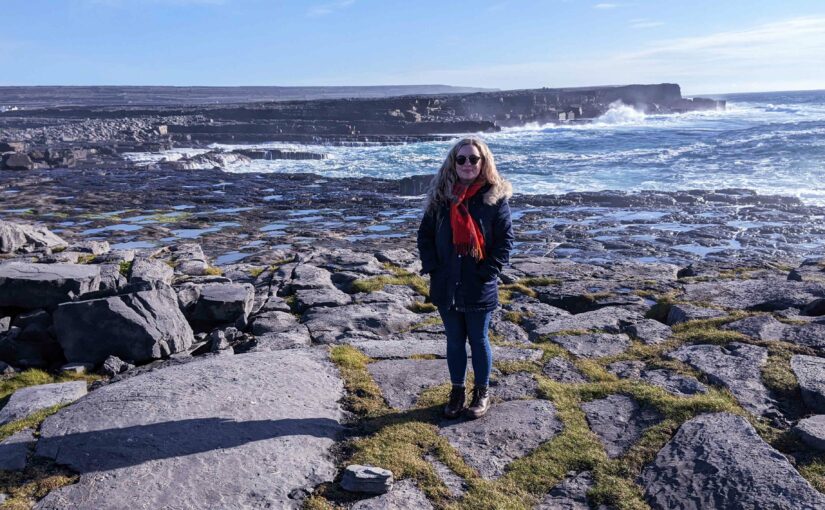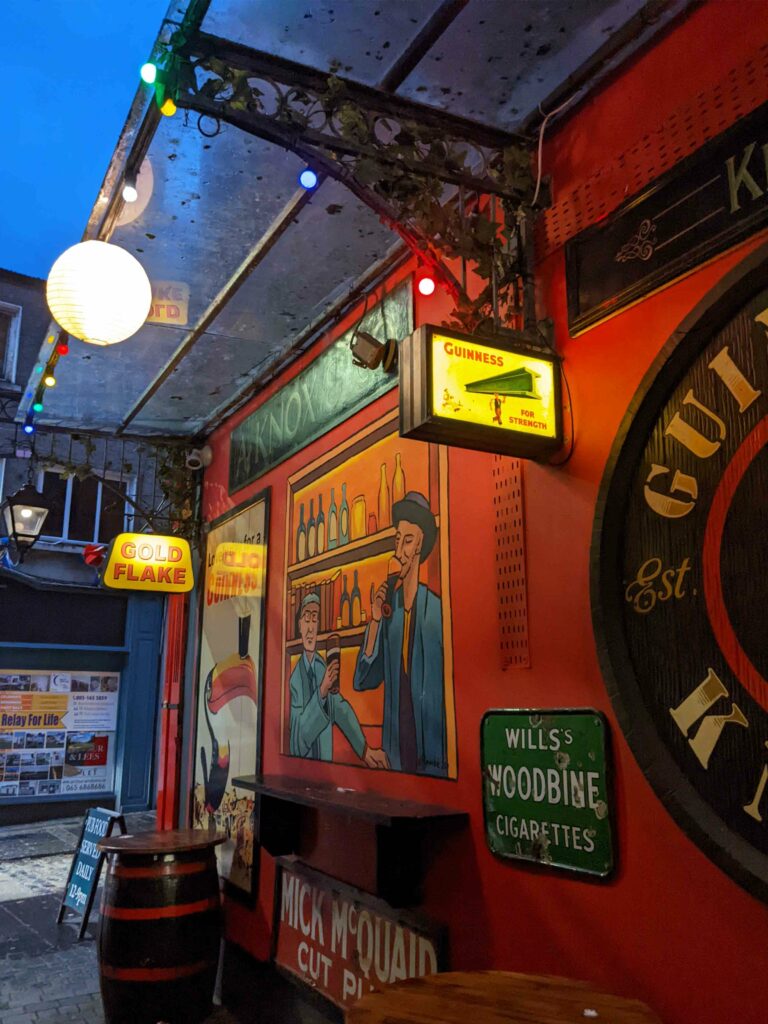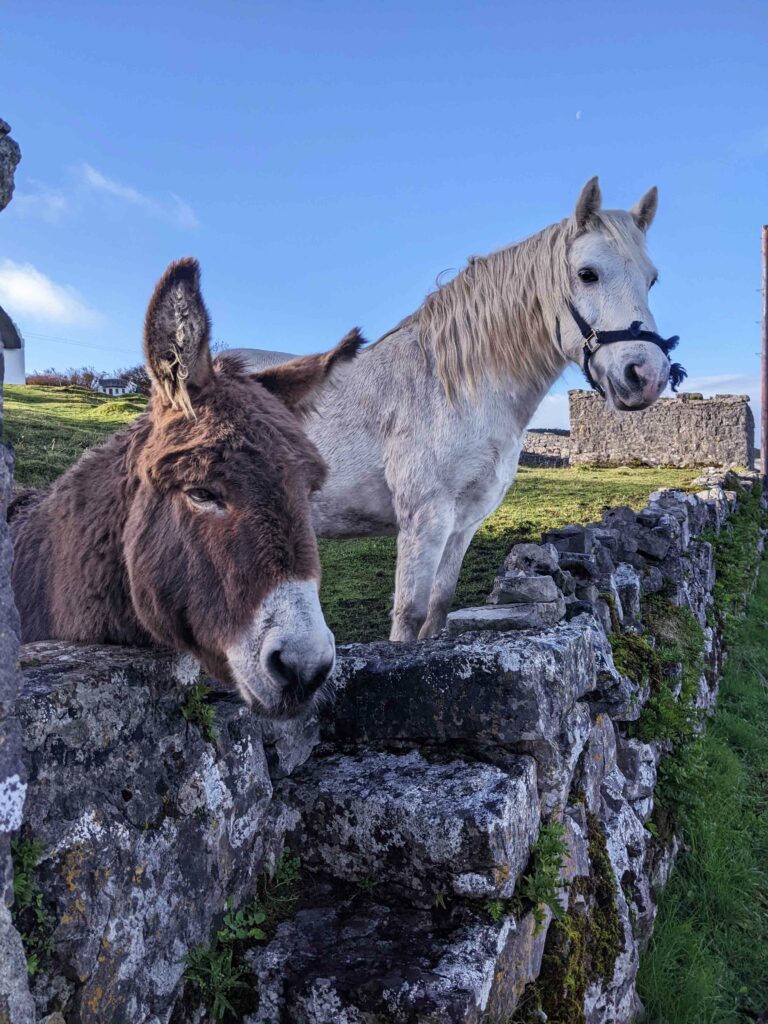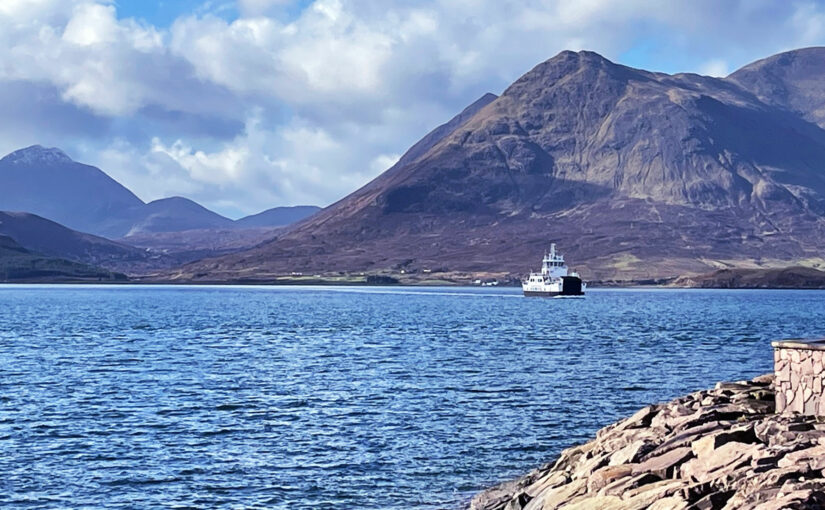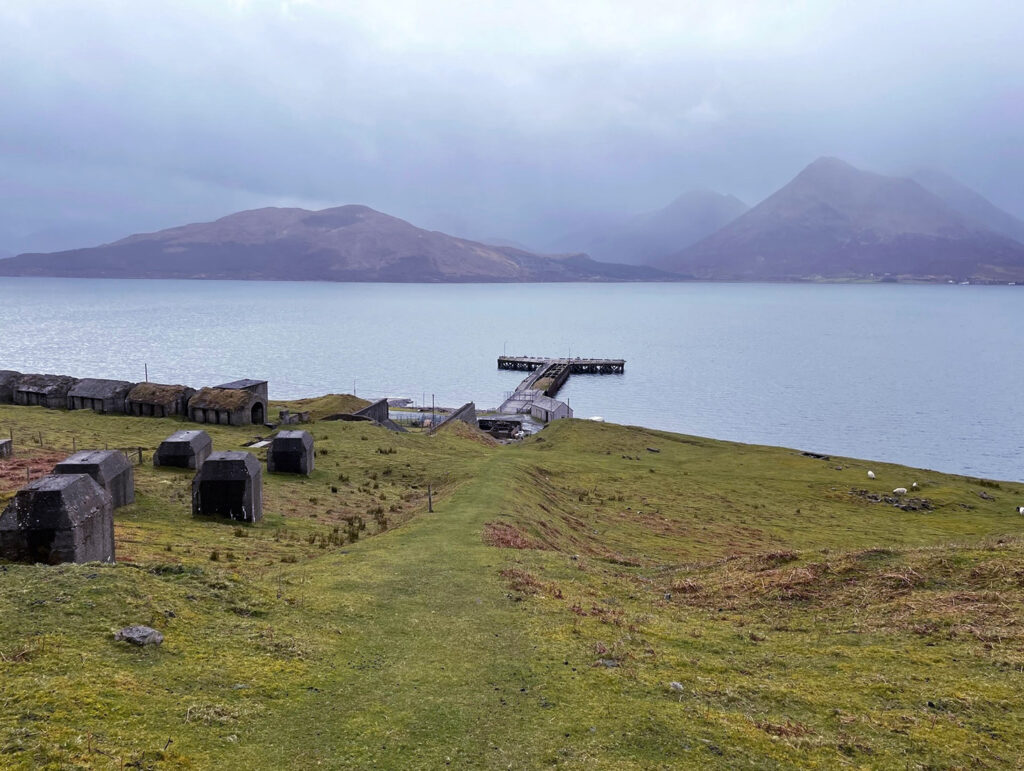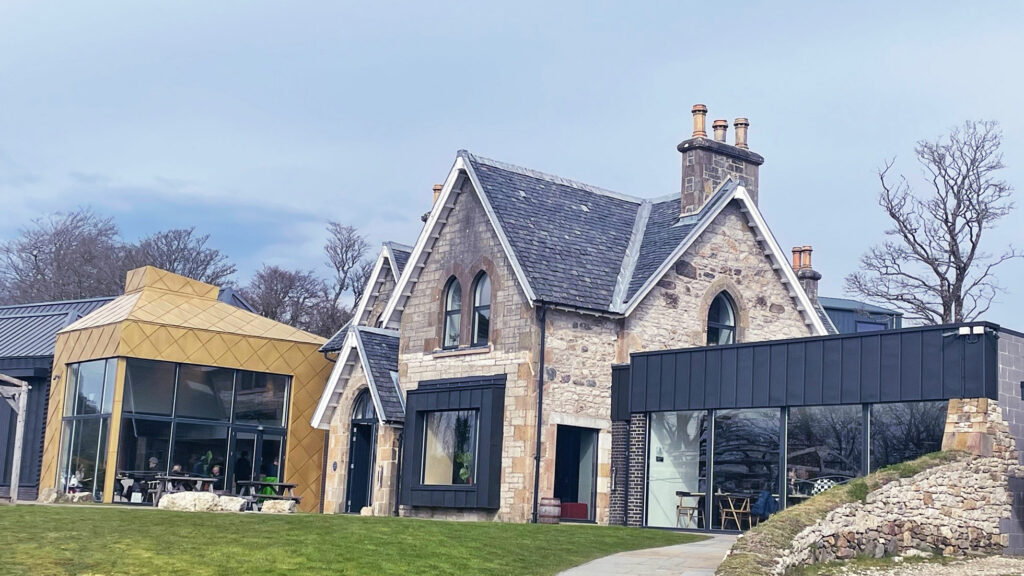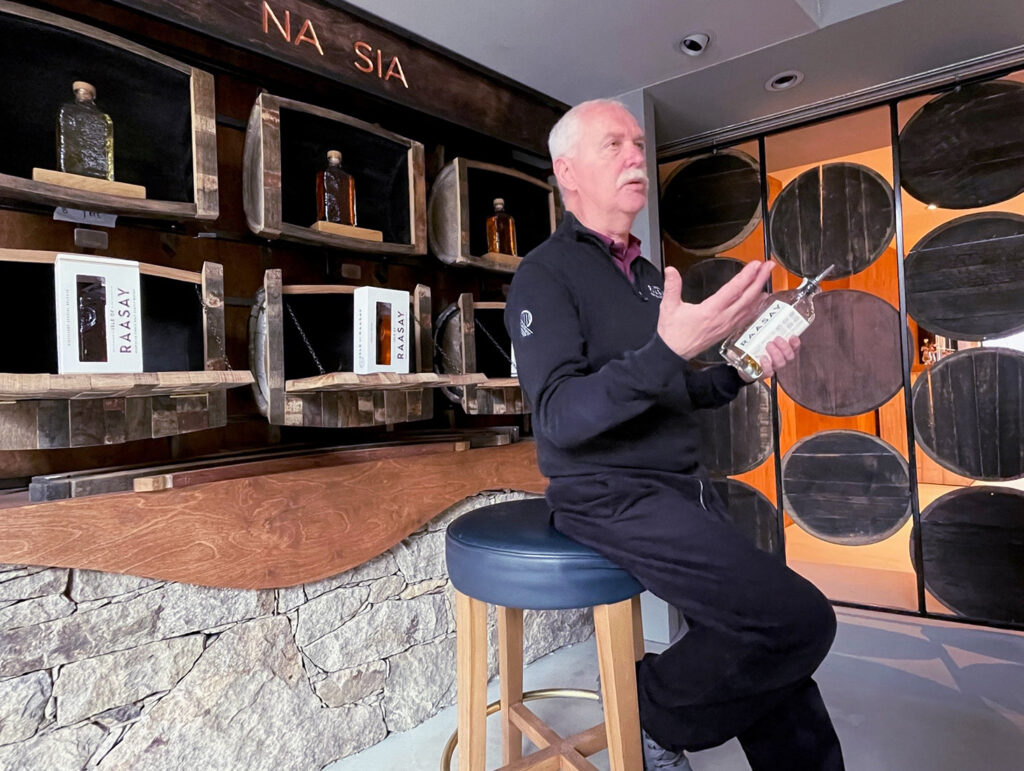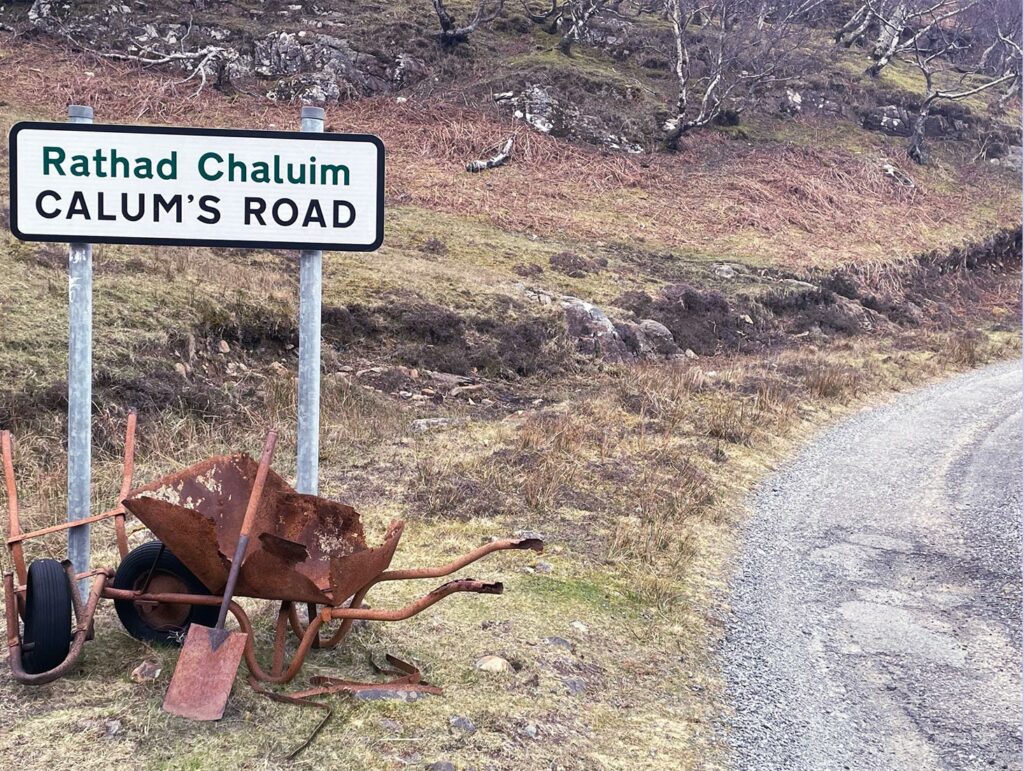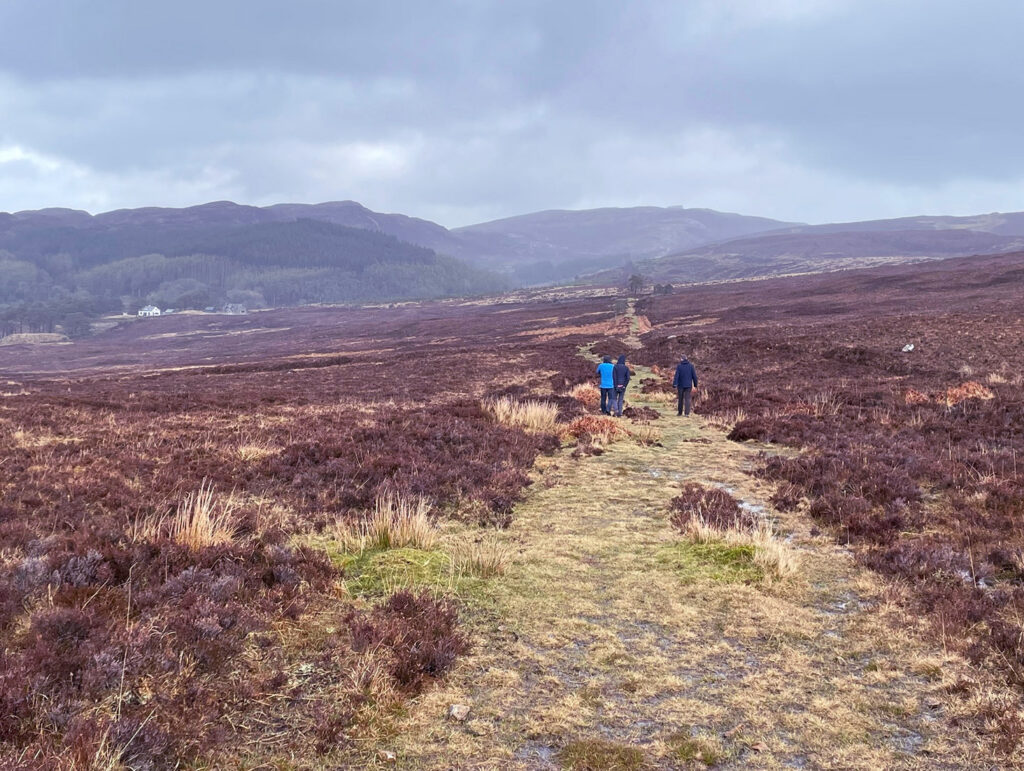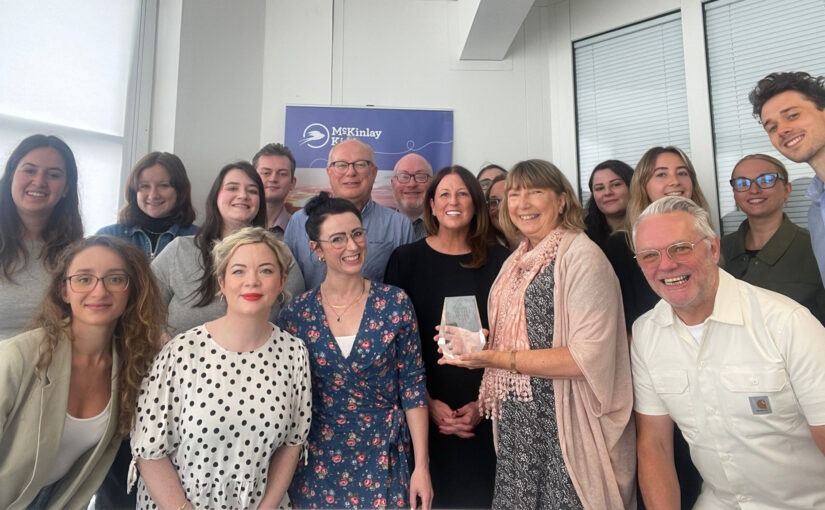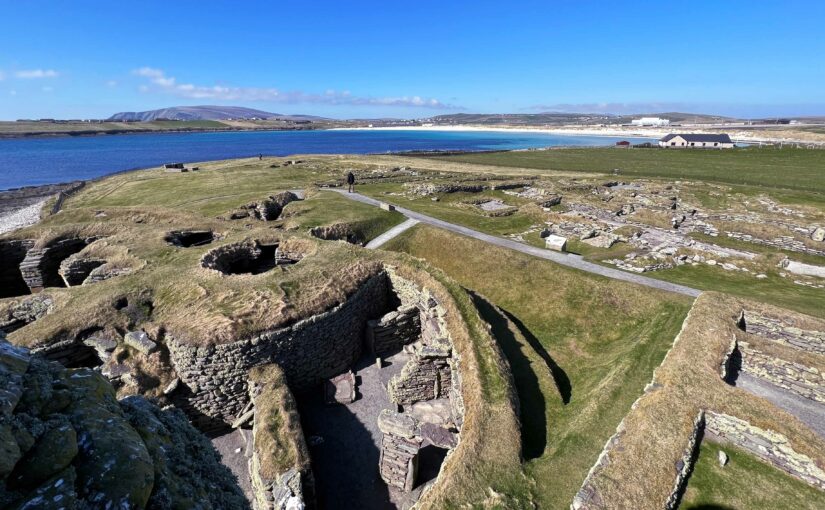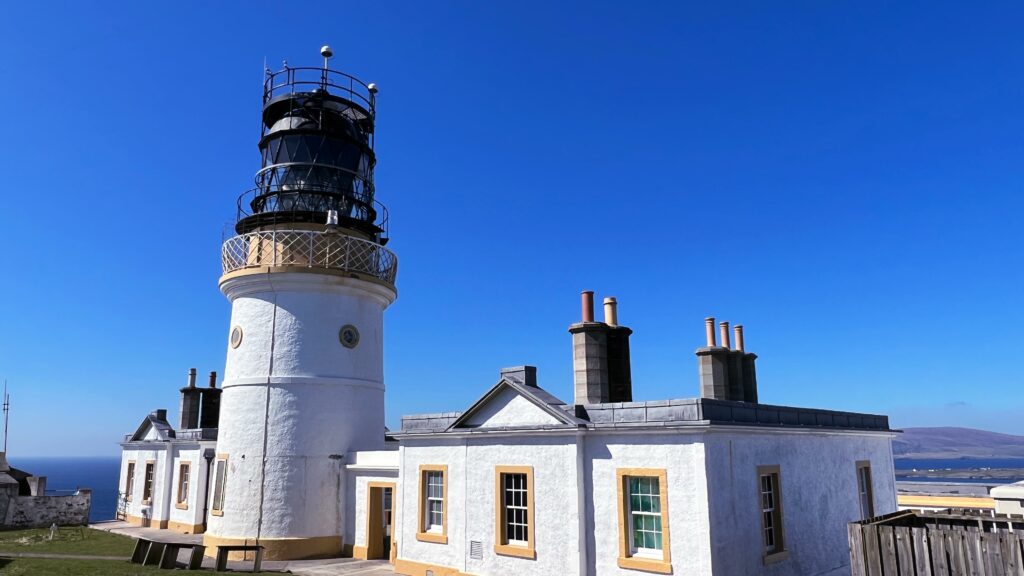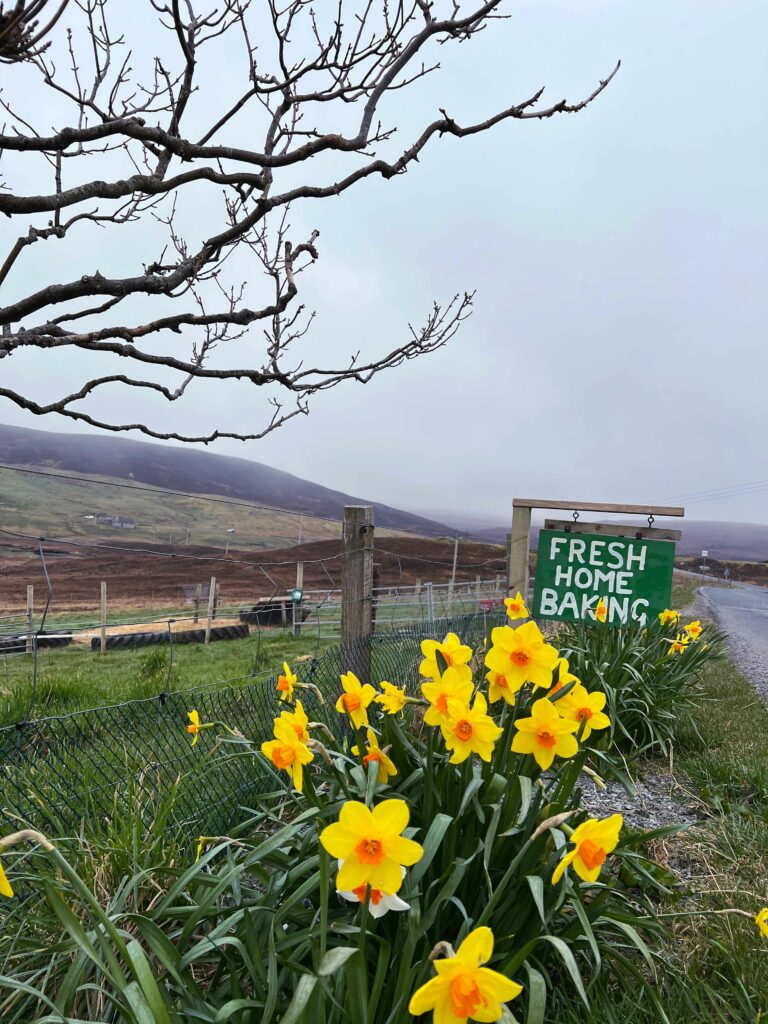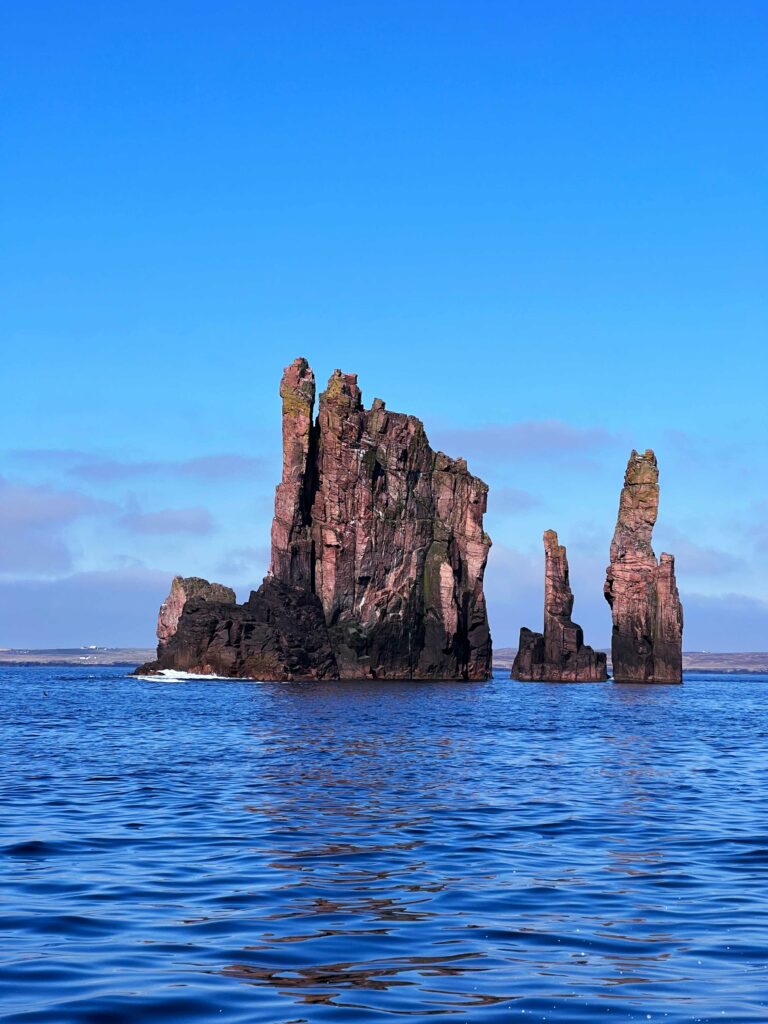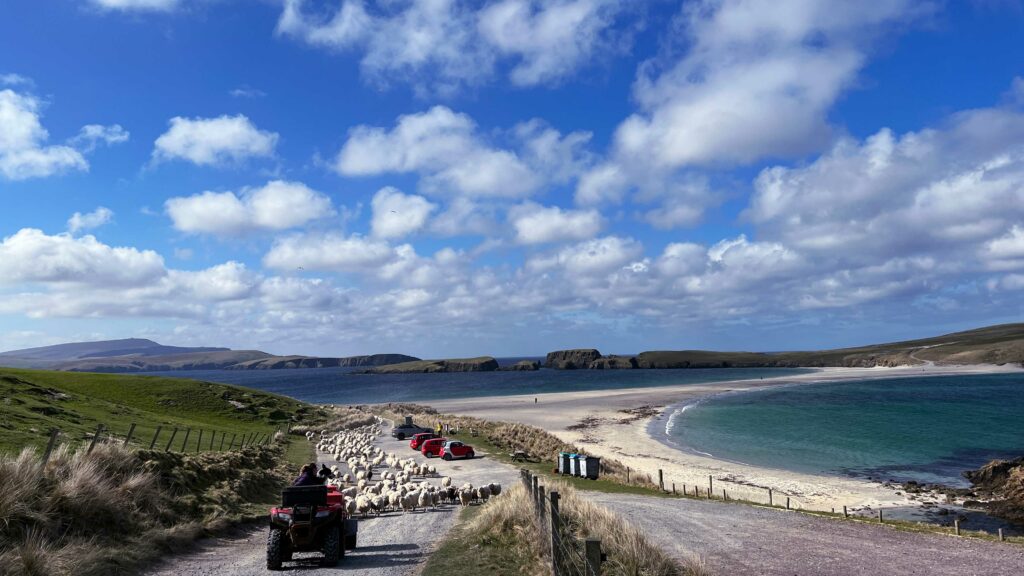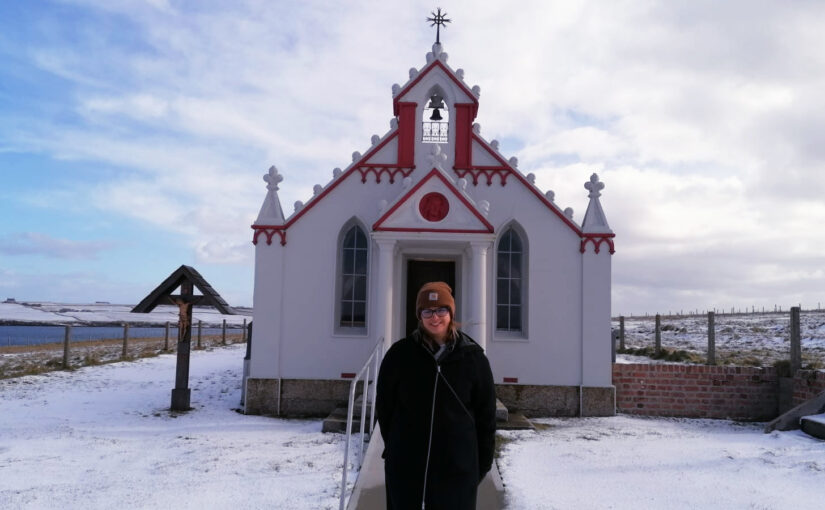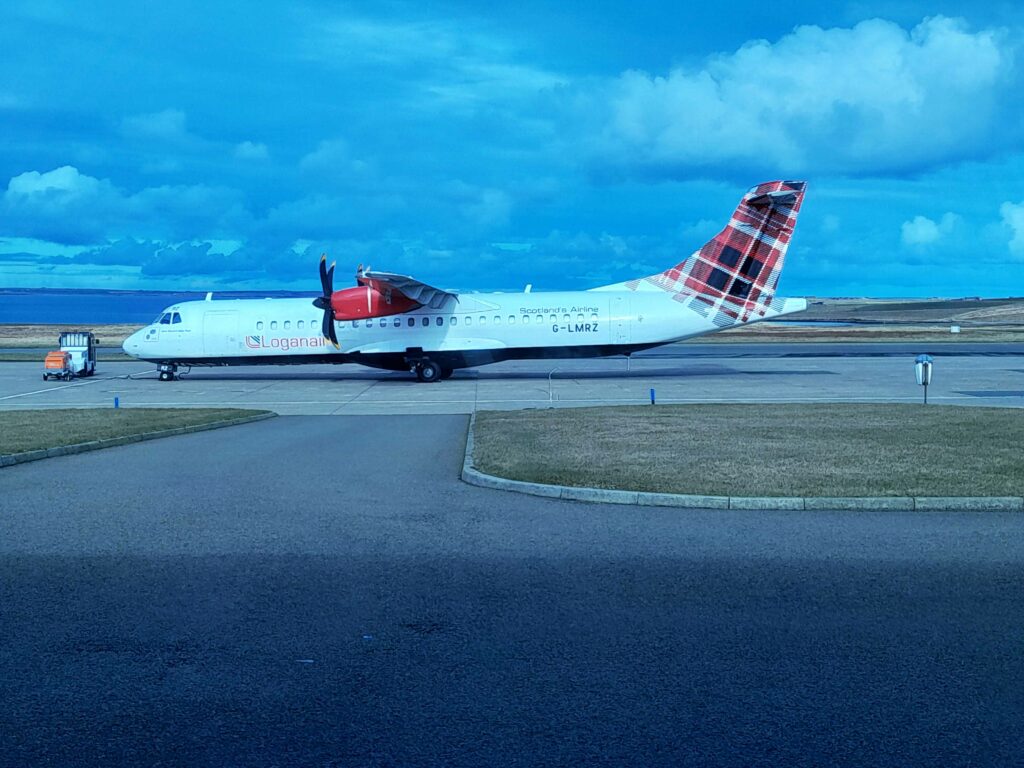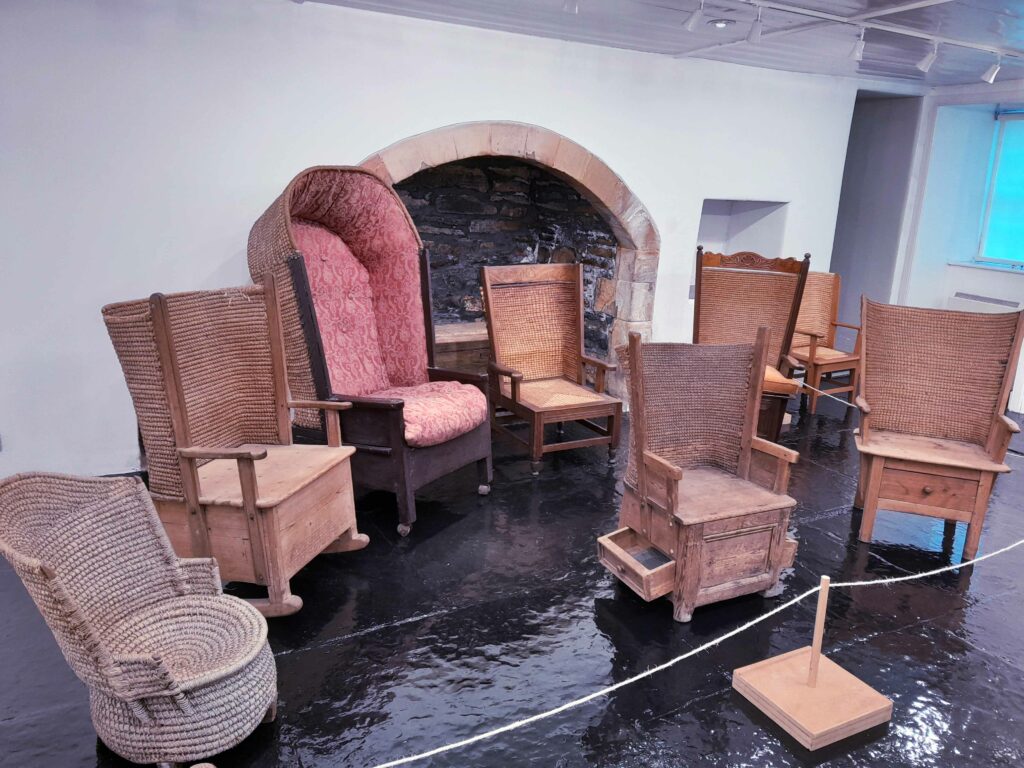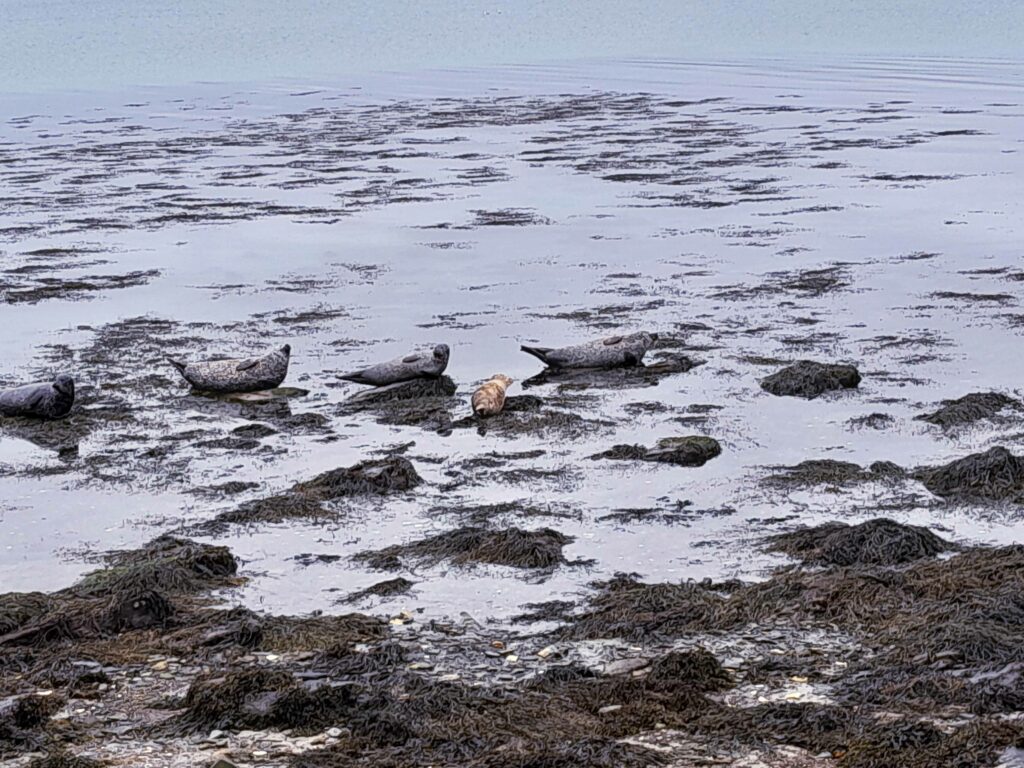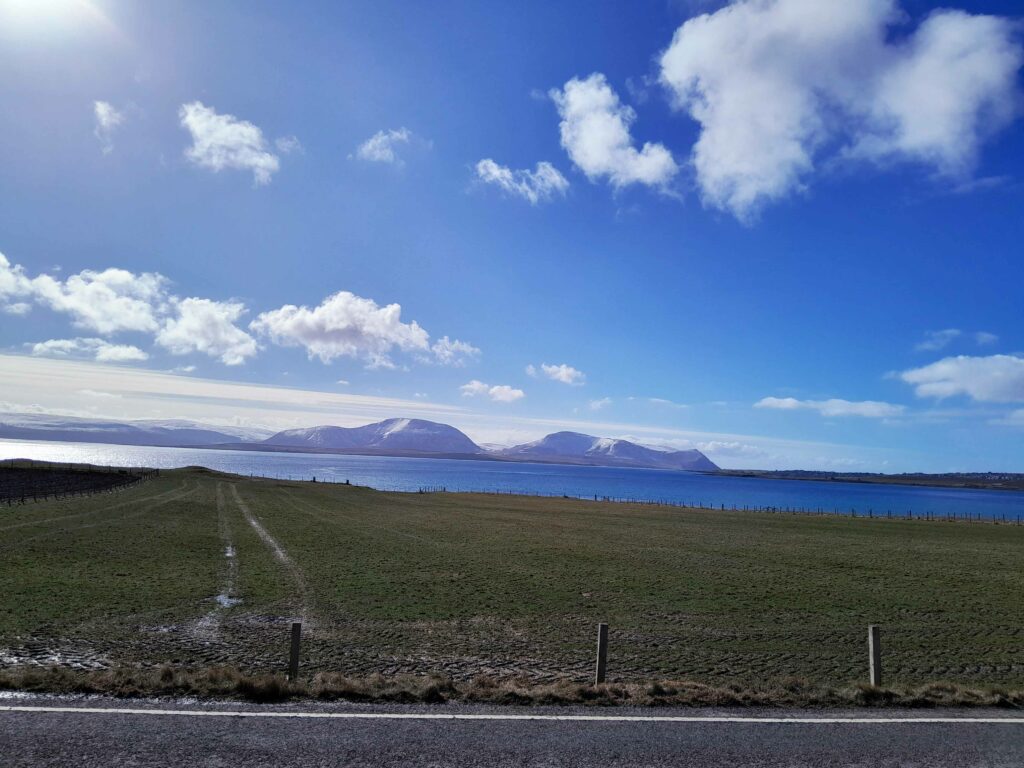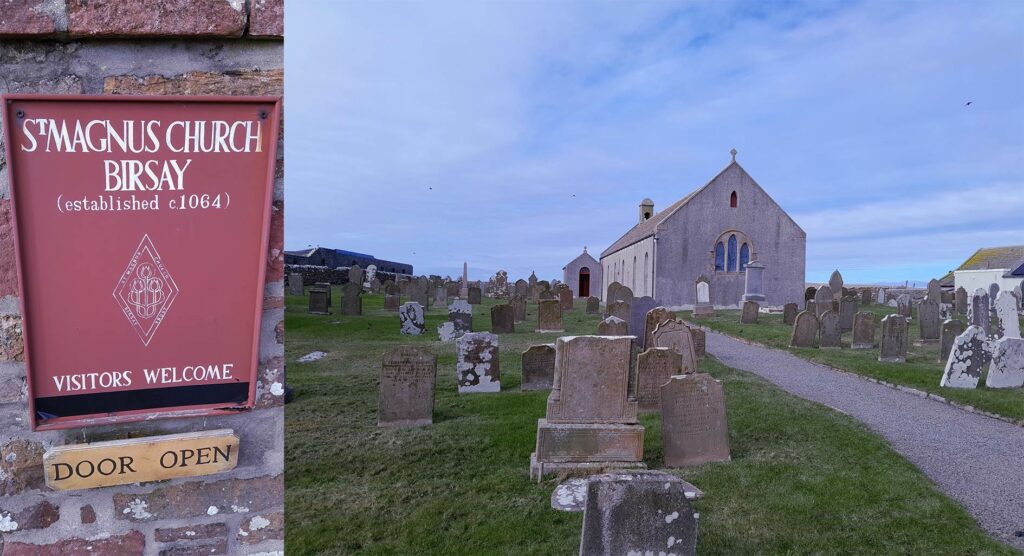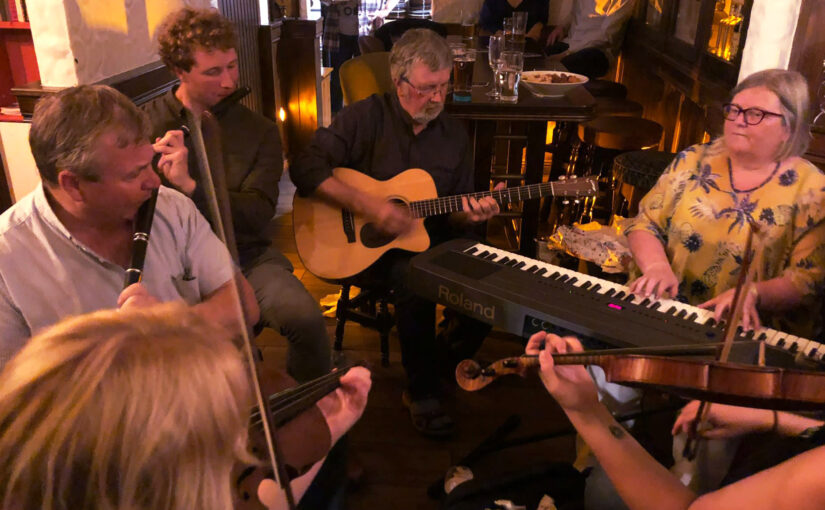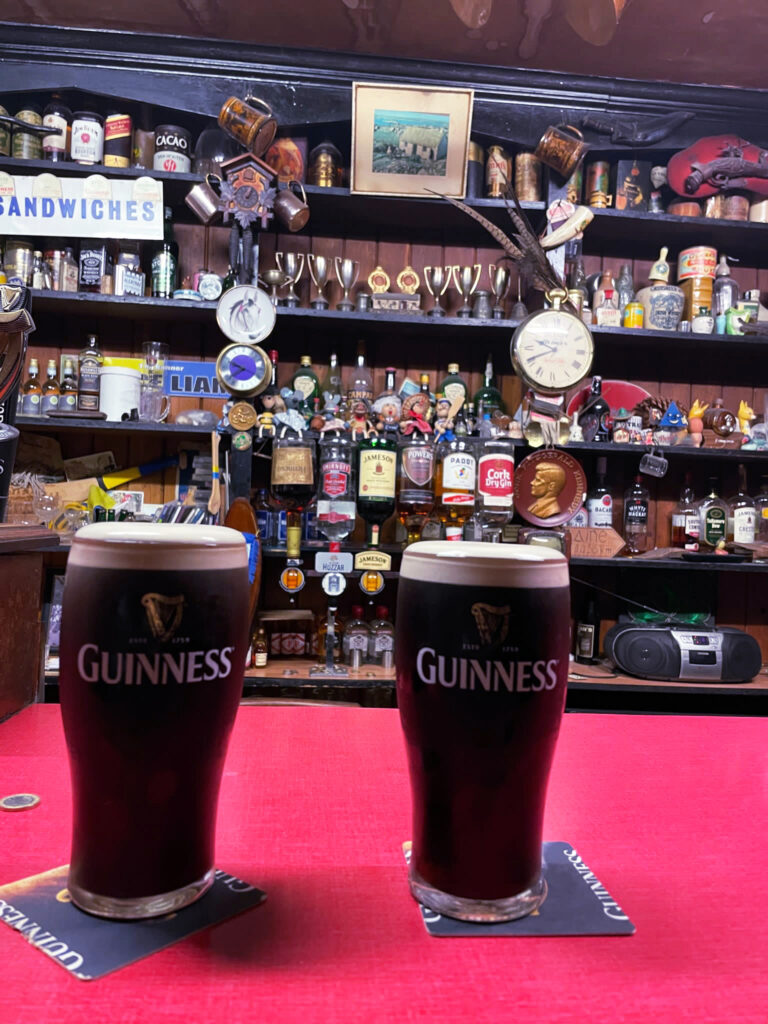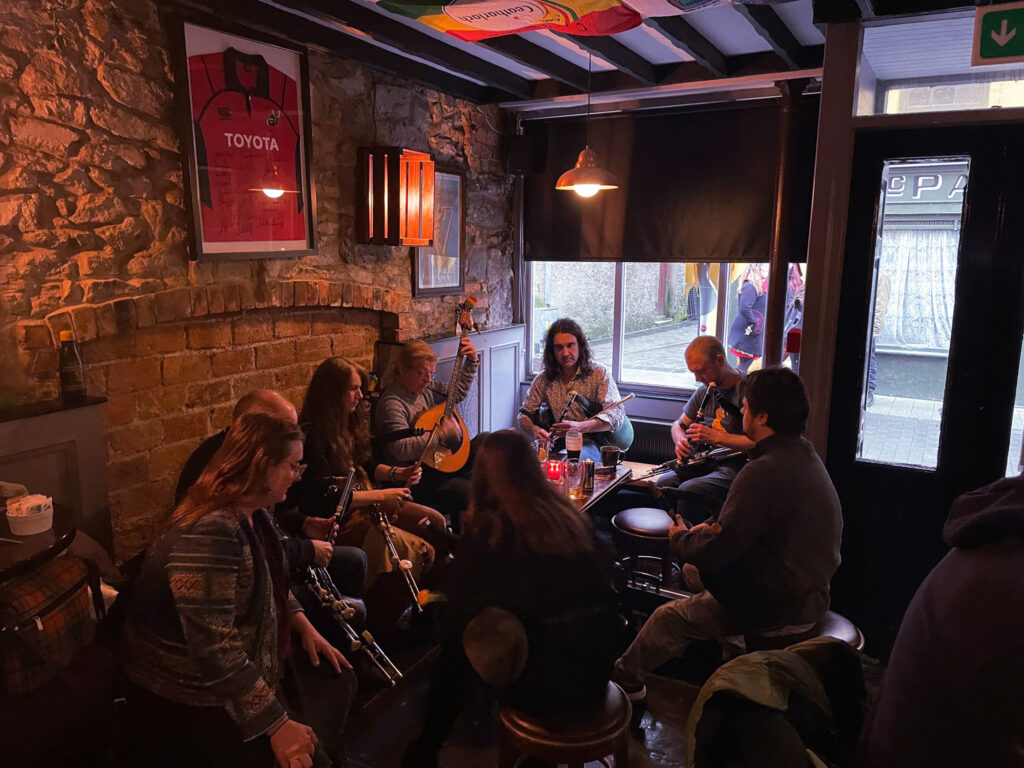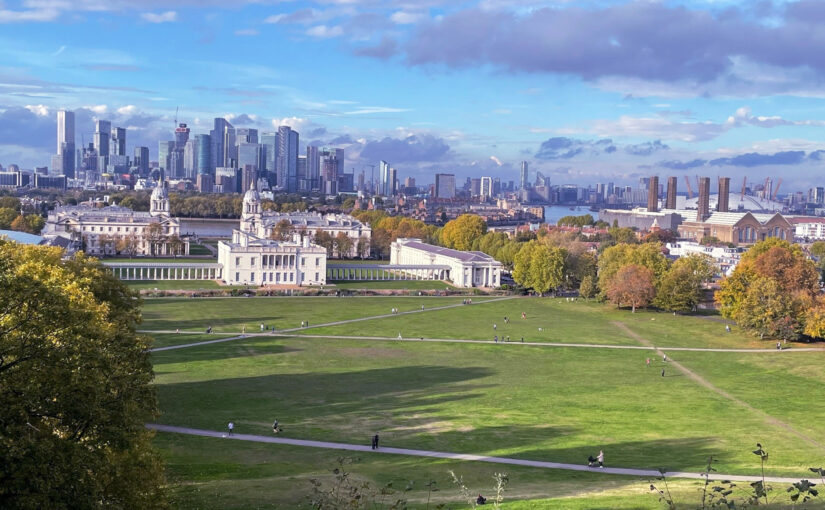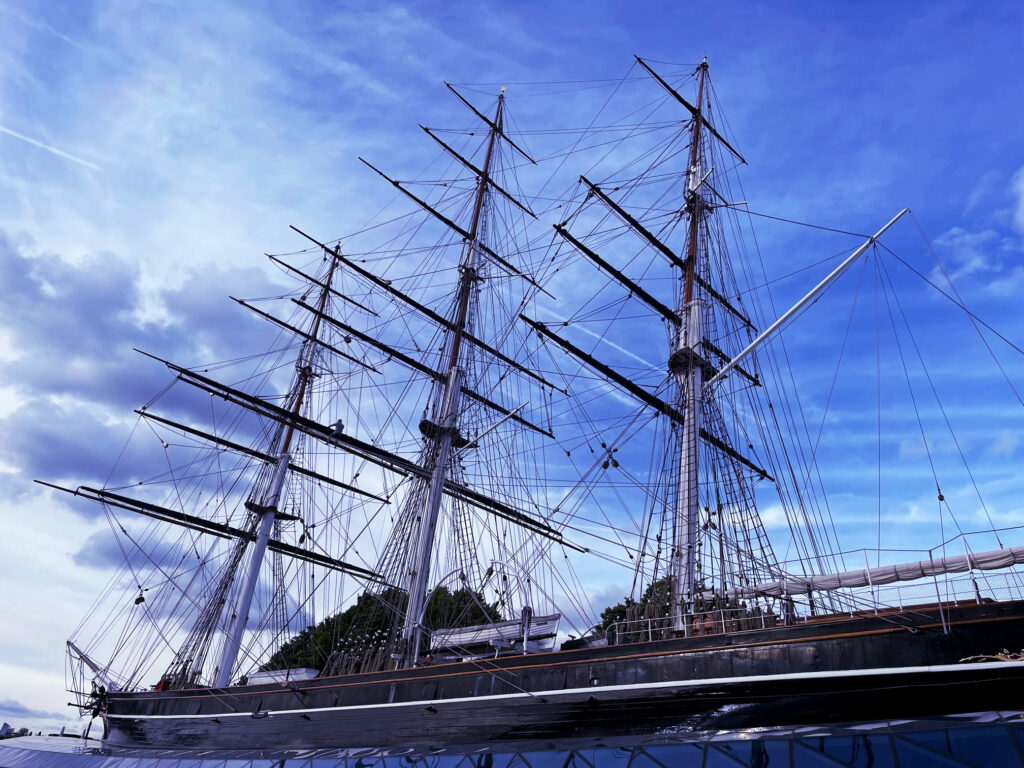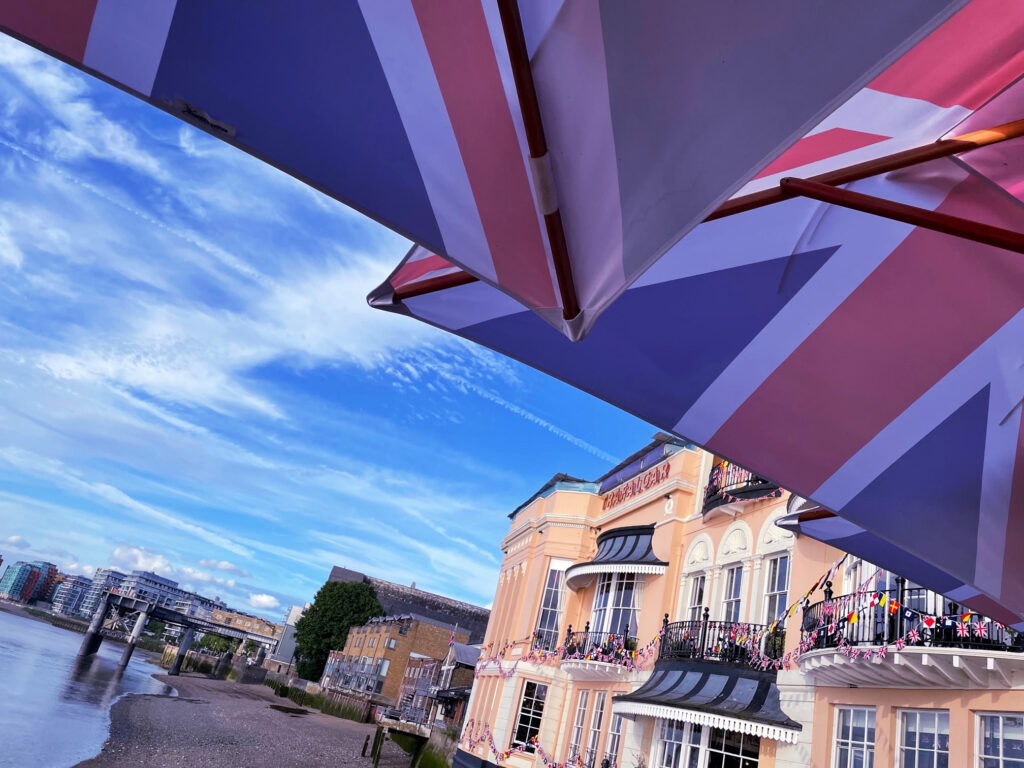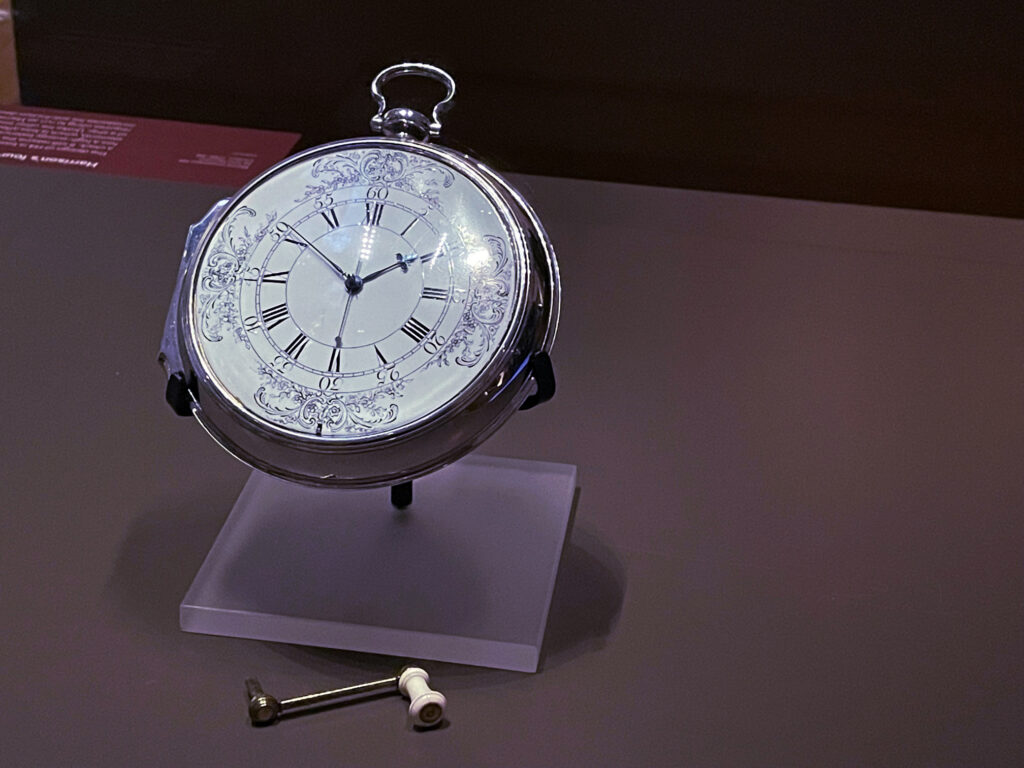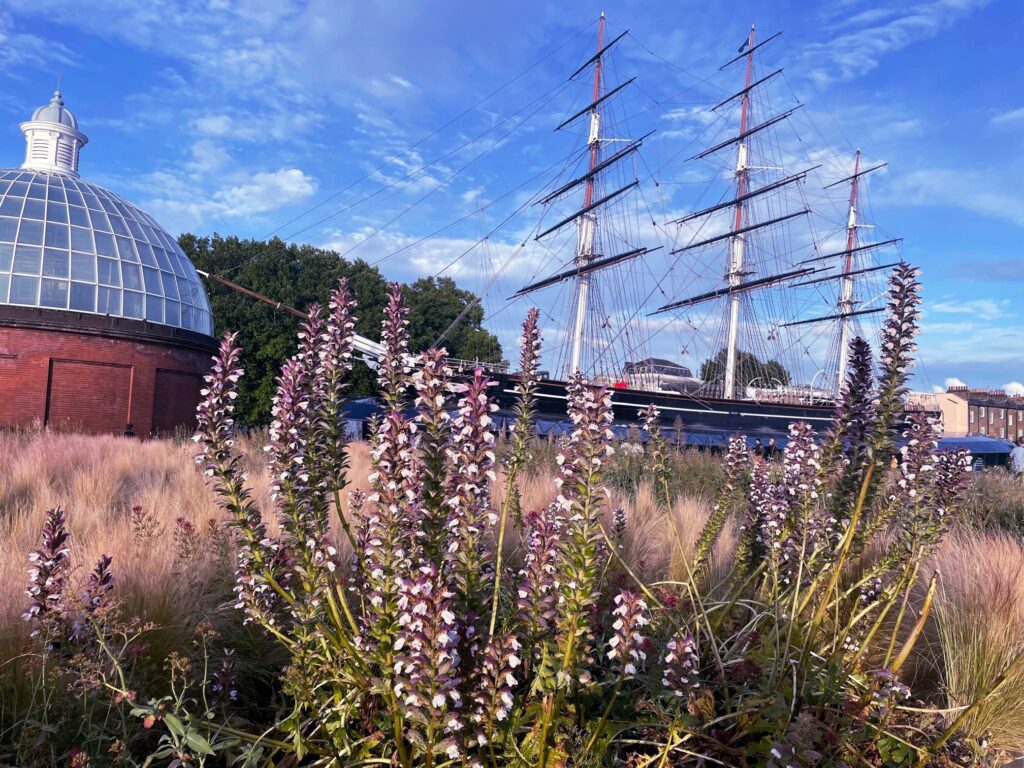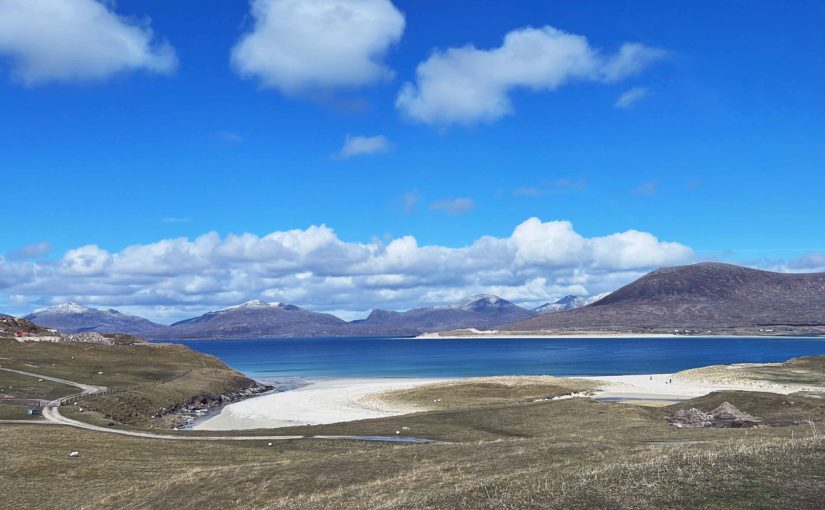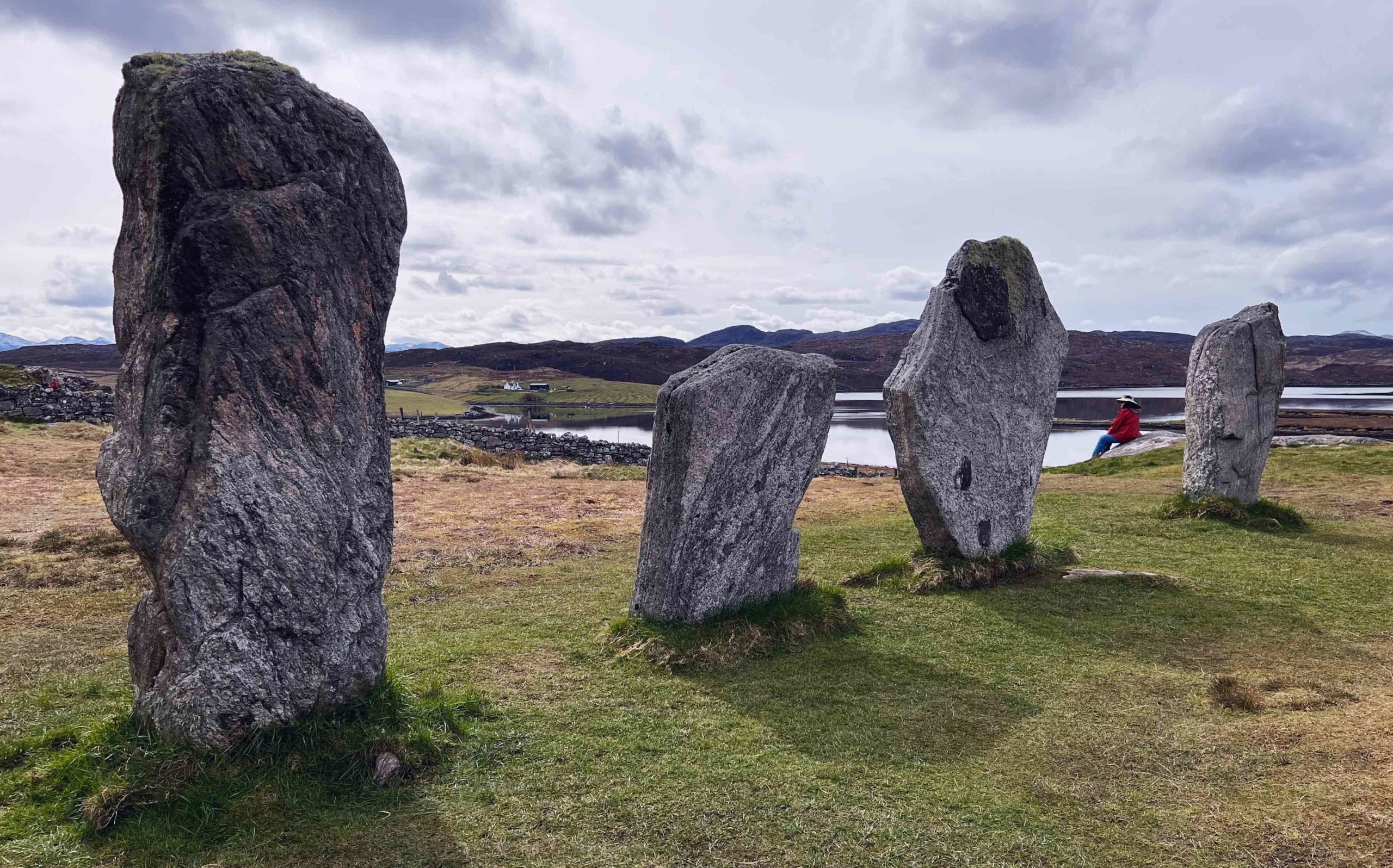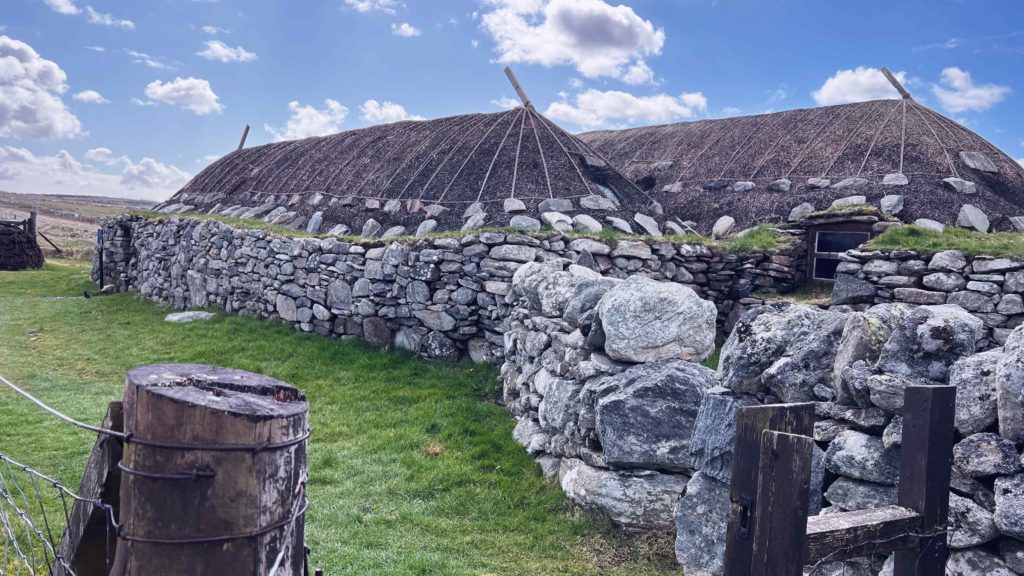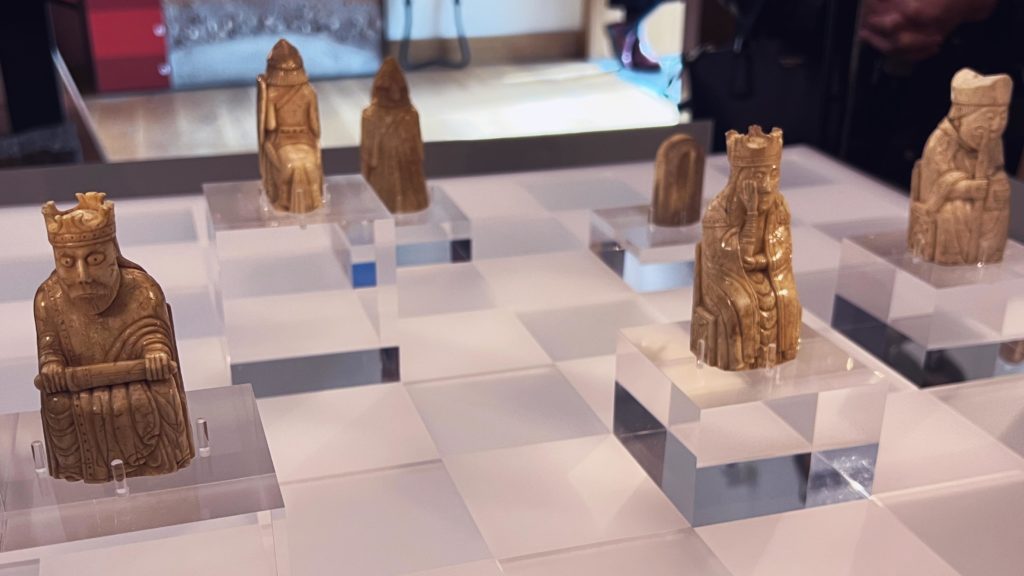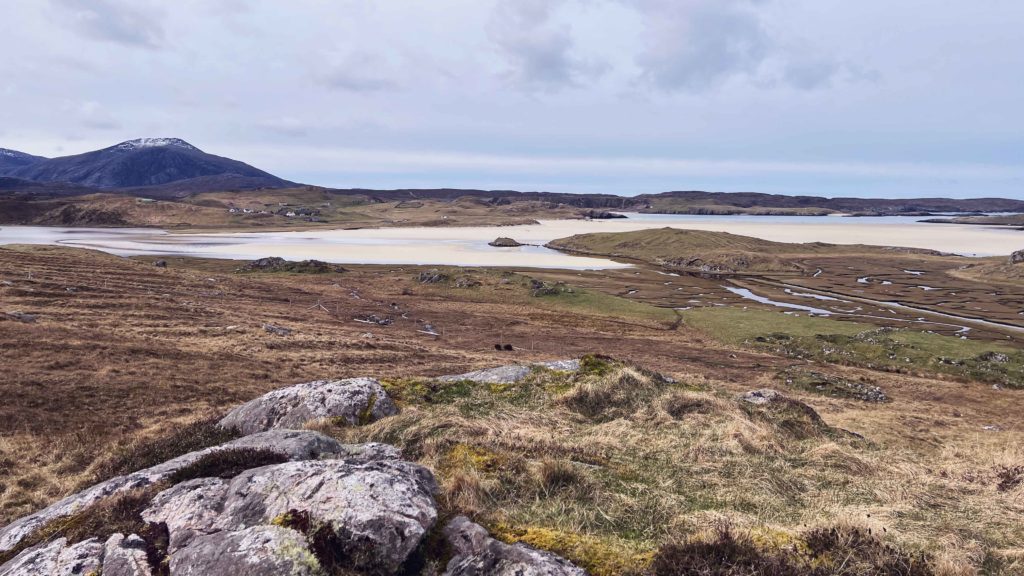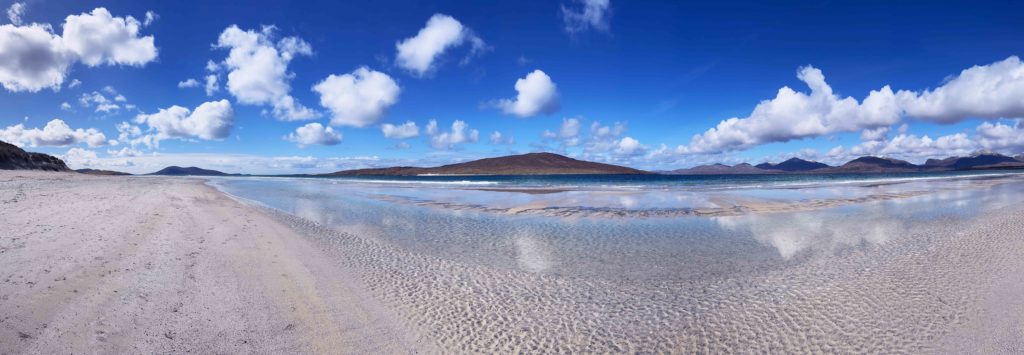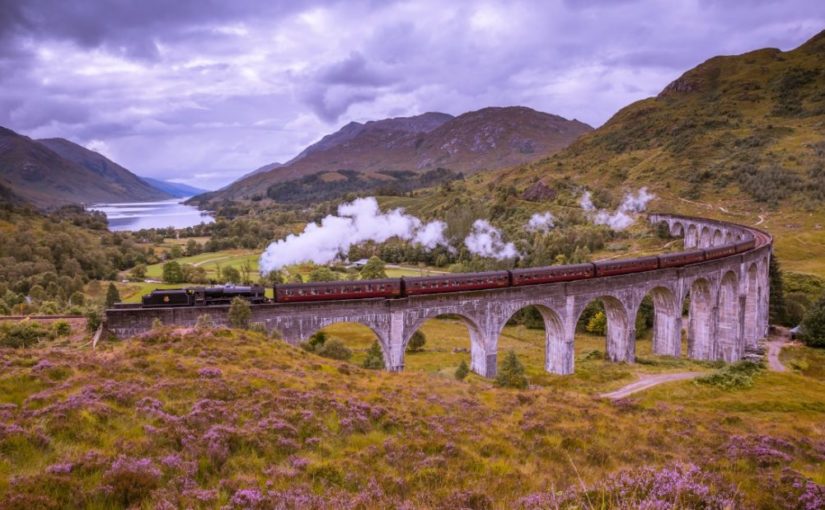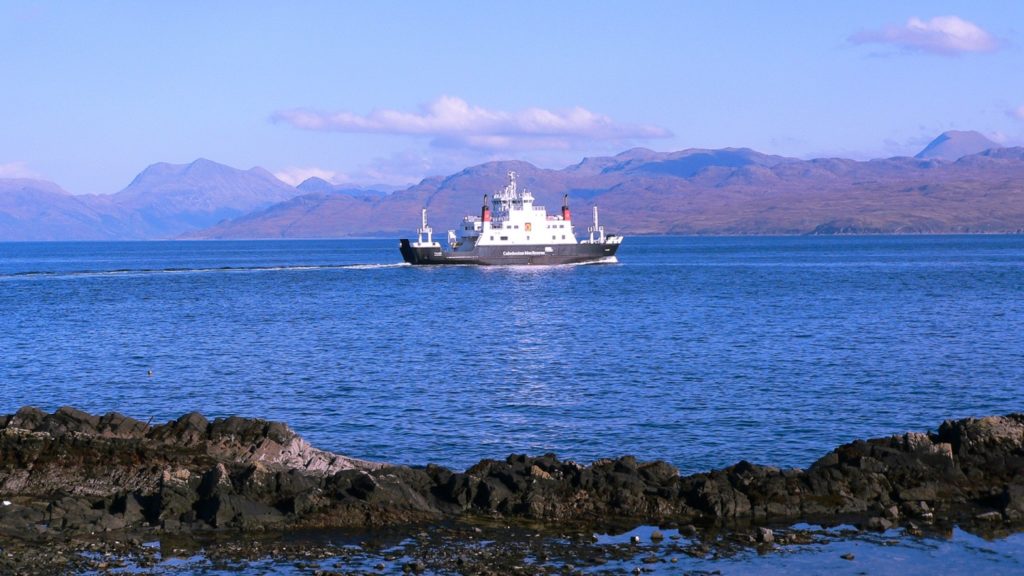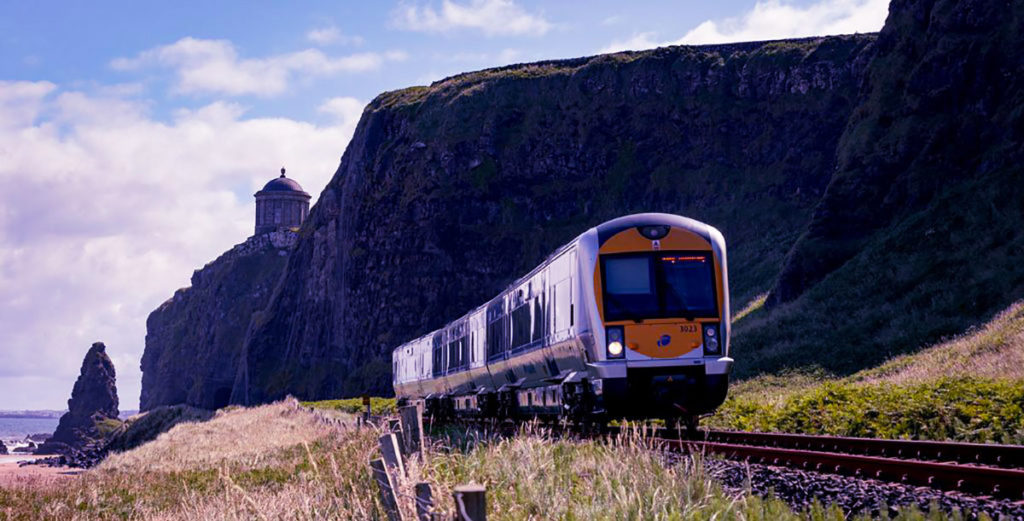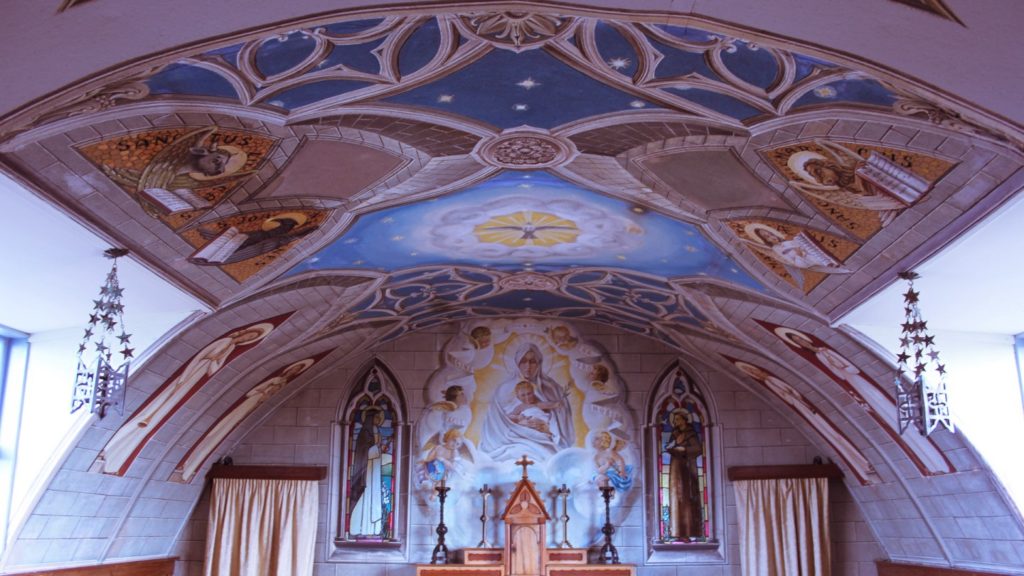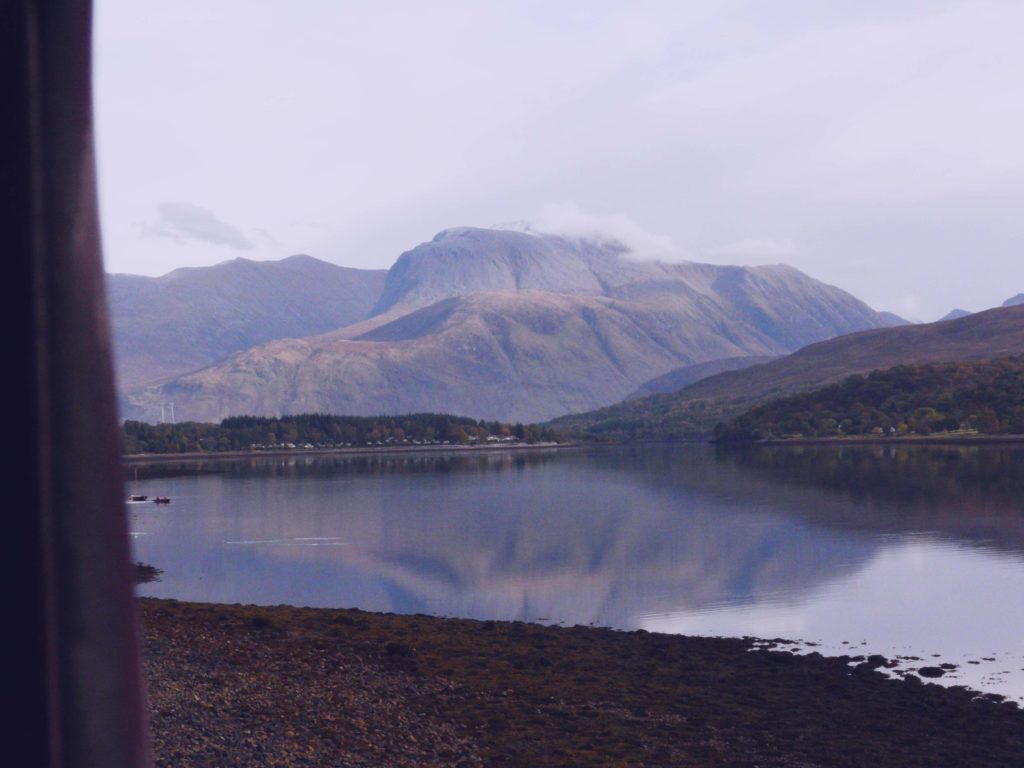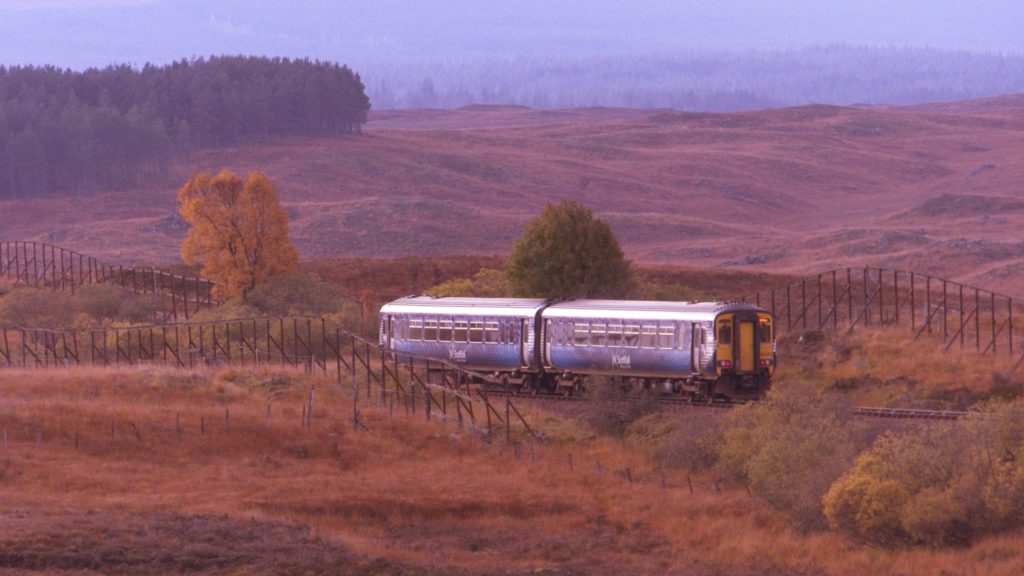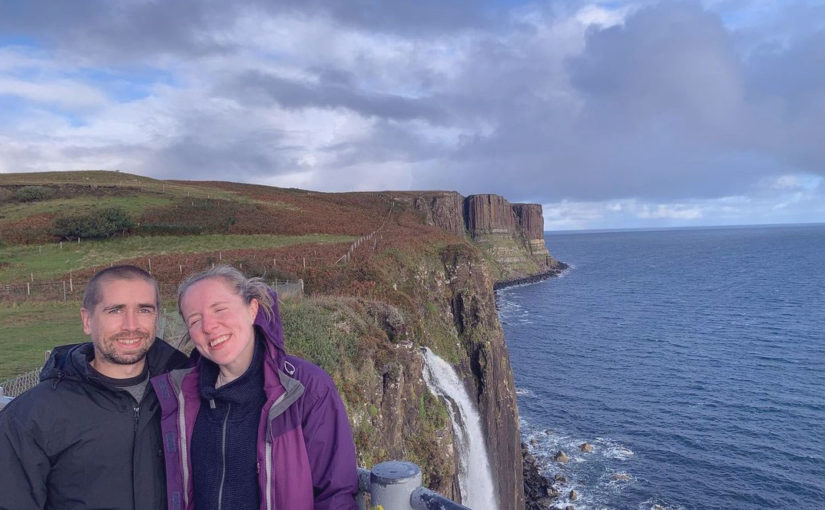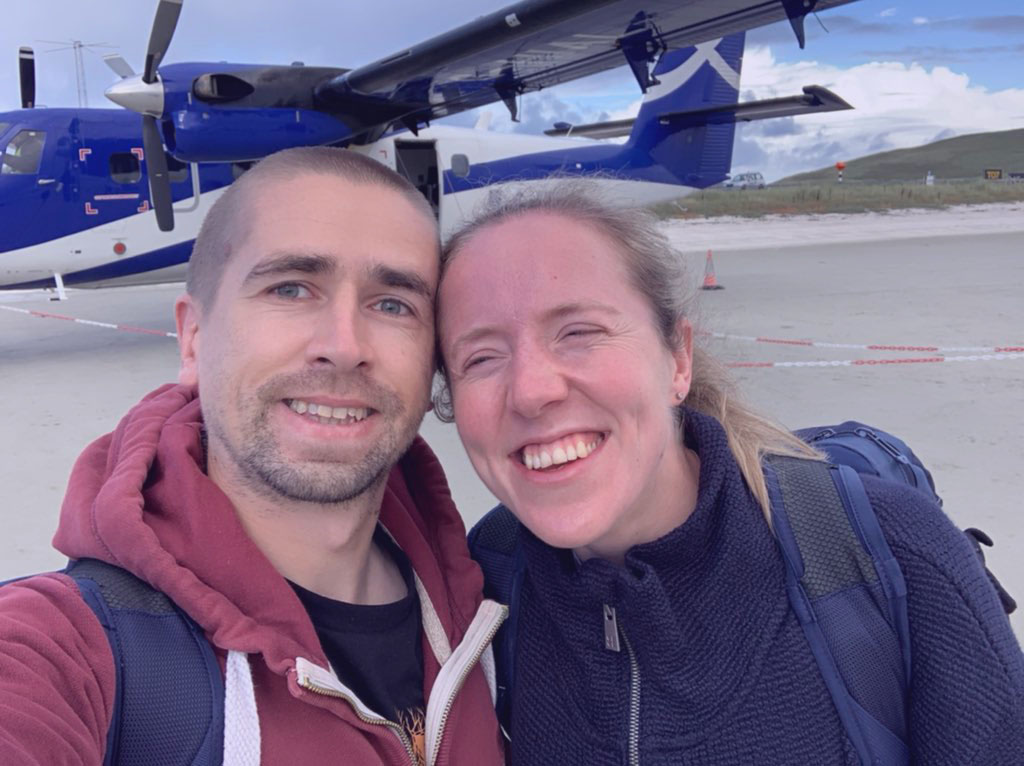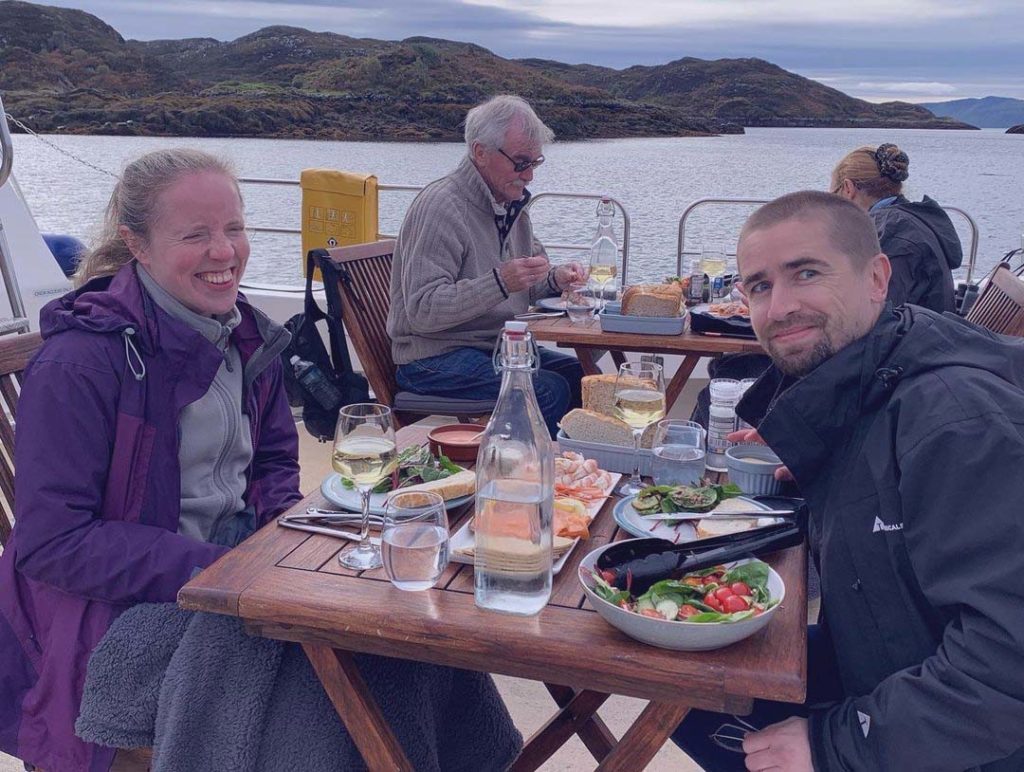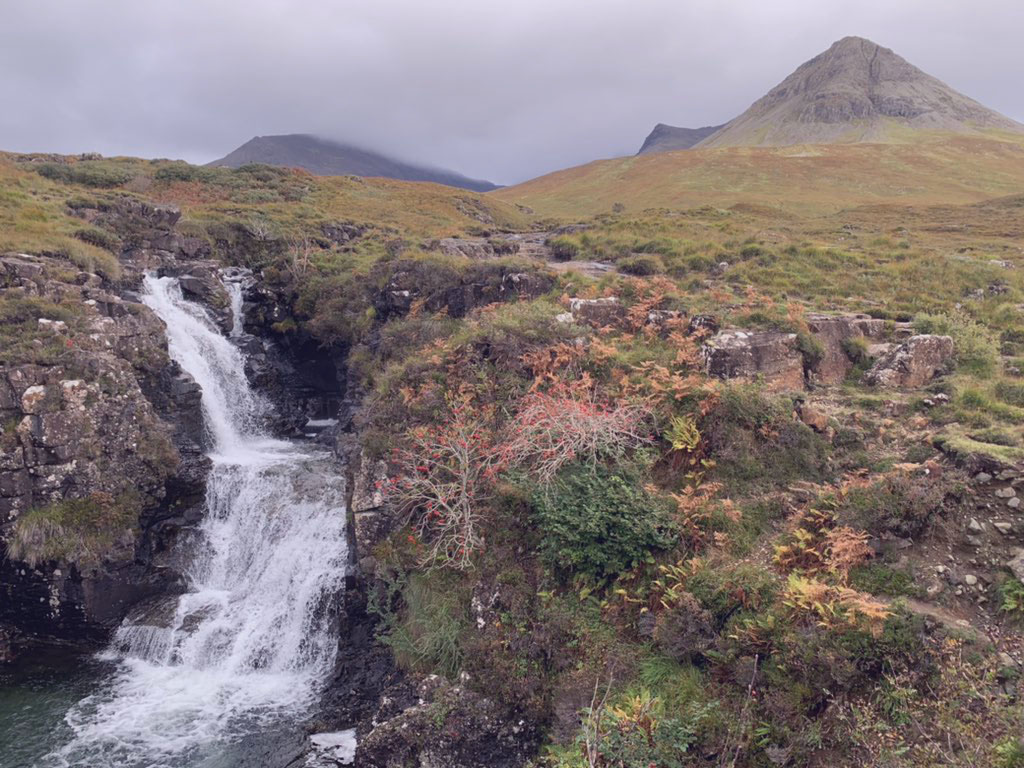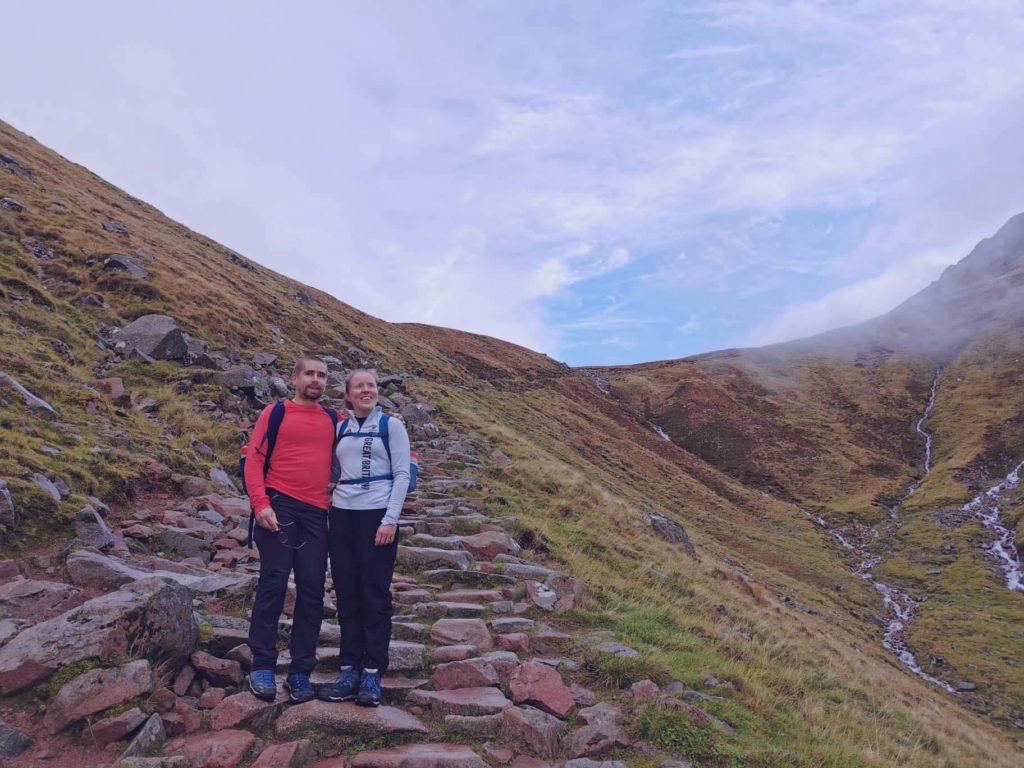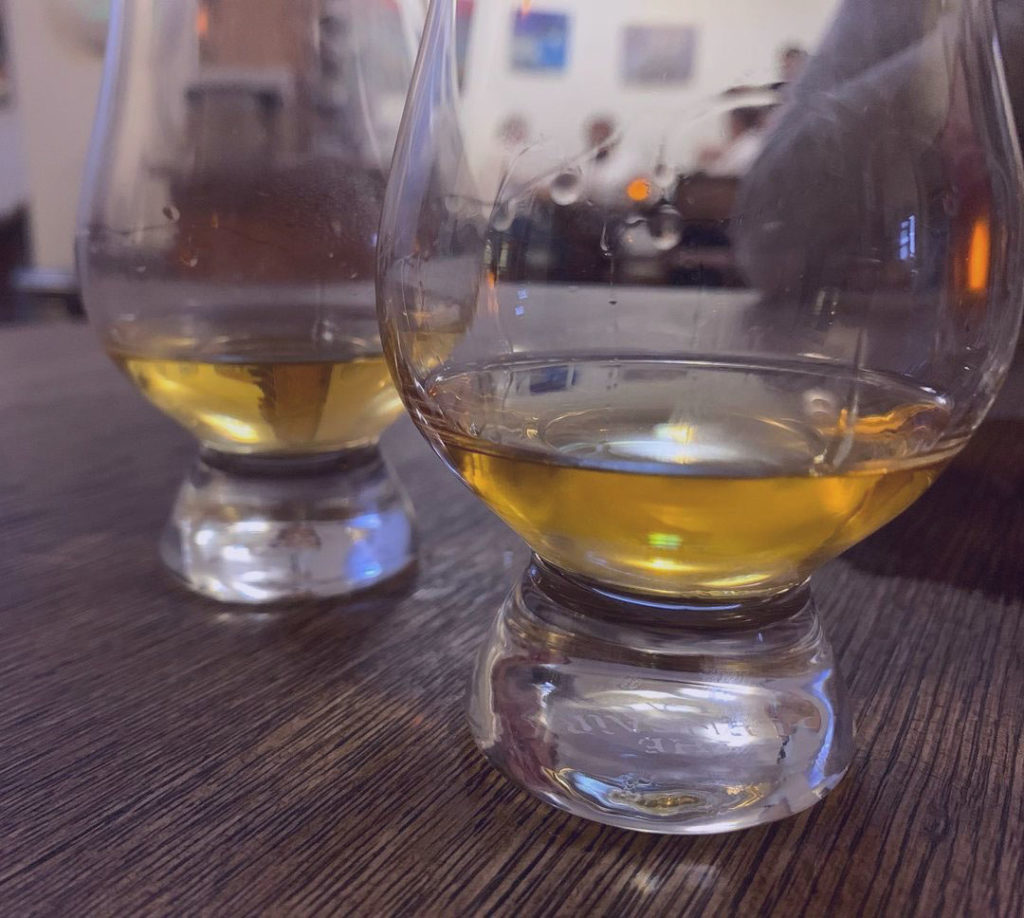A few months ago, my father told me he’d received an invitation to County Clare. He’d reread Postscript by Seamus Heaney, a truly moving reflection on this exceptional corner of Ireland. I was lucky enough to be on my own journey to Clare and onwards to Galway shortly after we spoke, the poem tucked into my notebook and excited – I’ve been lucky enough to explore a lot of Ireland but Clare and Galway were still on my list.
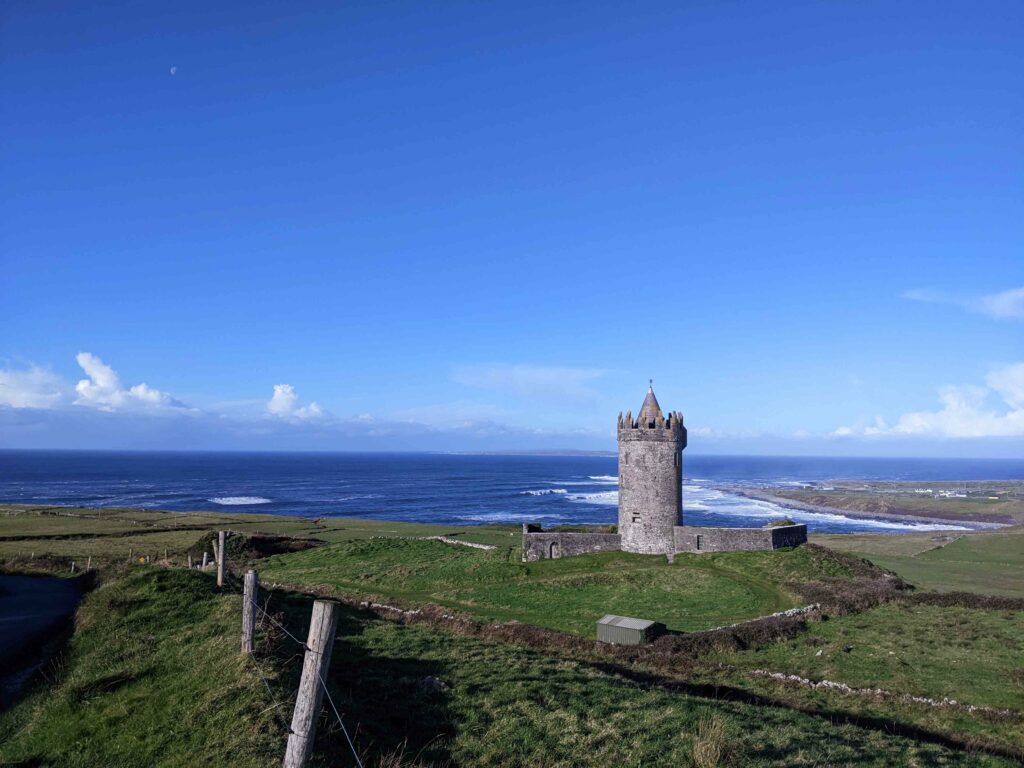
As an avid user of public transport at home and when travelling, I arrived into Dublin and after a short stroll in Phoenix Park, was off on the train to Ennis, the county town of Clare. Known as the centre of Ireland’s traditional music scene I was incredibly lucky to be visiting during Trad Fest and as I explored the town, snatches of sessions drifted out of every pub doorway – it was hard to pick a spot to settle and enjoy some music along with a perfect half pint of Guinness.
After a very comfortable evening, I was up early the next day to meet my tour guide Trevor, for a tour-transfer through the Burren up to Ballyvaughan where I had picked a spot for chowder before travelling up to Galway later that afternoon.
First, we set off towards the Cliffs of Moher, a must for any visitor to Clare. Well maintained and invested in by the Irish government with facilities appropriate to the 1.5 million visits every year, there is still not much that can prepare you for the view – an almost surreal experience. Had I more time I would have done some of the coastal walk, but it was time for us to venture deeper into the Burren.
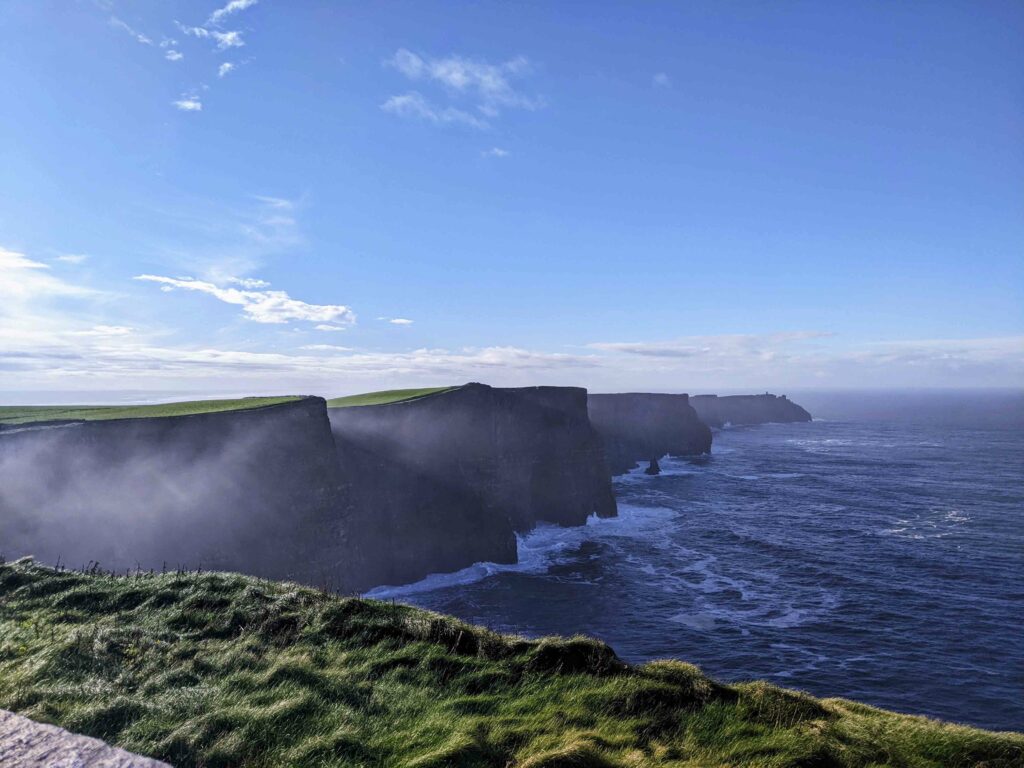
Heaney’s words came to life as I struggled to decide which way to look – out to the ocean on one side or the magnificent karst landscape of the Burren on the other? My visit was in November, a favourite time of the year for me as I adore the low winter sun but I resolved return in the summer, to learn more about the unique wildlife and flora within.
After an incredibly enjoyable few hours I enjoyed a late lunch in Ballyvaughan with a view of the Atlantic in front of me before travelling up to the city of Galway. I was instantly charmed – the medieval quarter with its shops, bars and restaurants was an appealing place to while away a few hours before some fresh scampi, chips and a local beer, before heading back to my harbourside hotel.
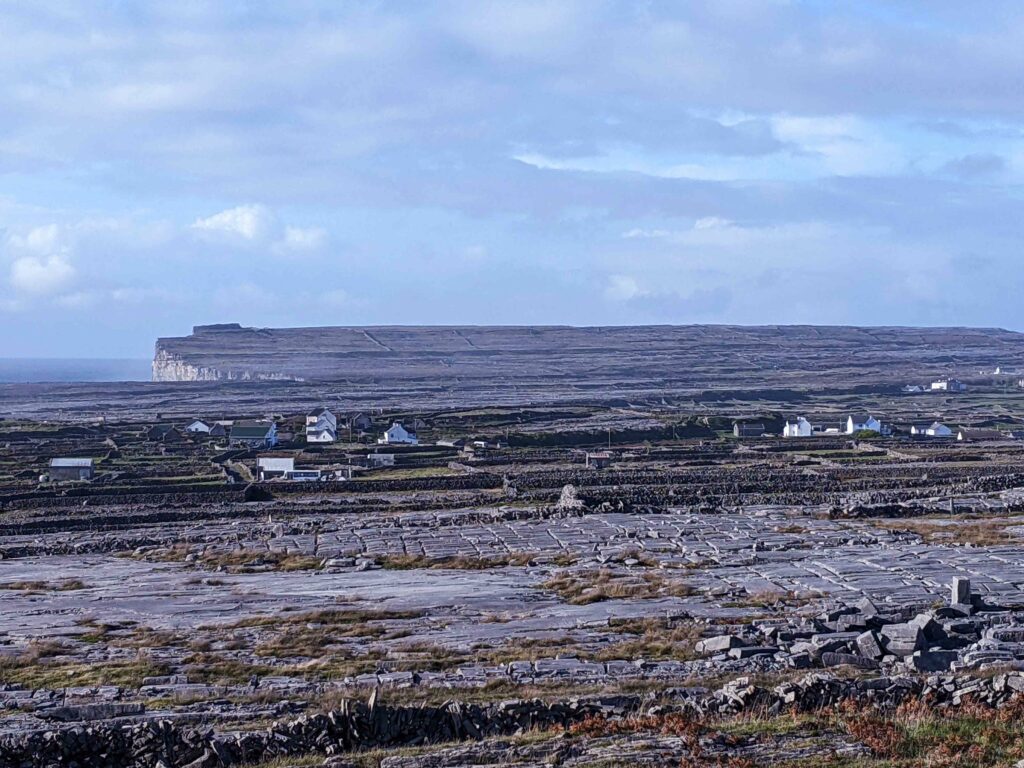
The next morning I was up bright and early for another highlight of this trip – a day trip to Inis Mor, the largest of the Aran Islands and at the time of my visit having become suddenly very well known, having been used as one of the filming locations for The Banshees of Inisherin.
In the summer time, a ferry goes to Inis Mor from right by my Galway city hotel, but in November I was to hop on a bus up to Rossaveel where I caught glimpses of the wilds of Connemara before catching the ferry, where we were joined by a pod of dolphins as we crossed, thrilling as my first ever sighting!
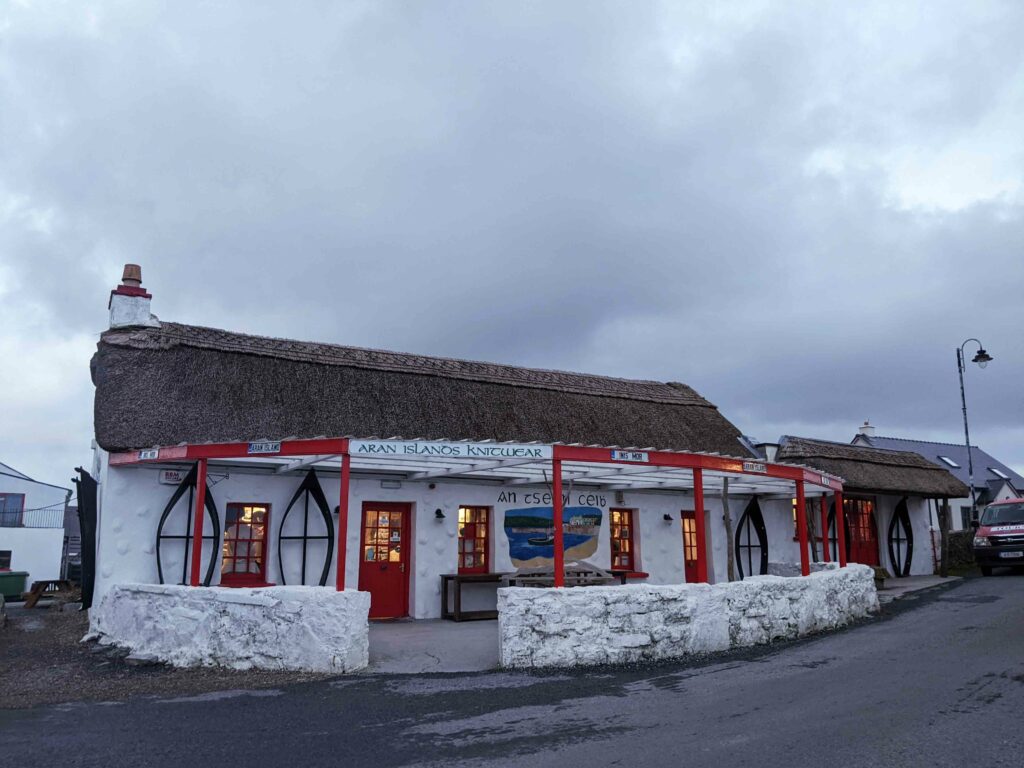
On arrival I was met by a local guide, a native Irish speaker who had lived on the island most of his life. I was most grateful for his company as we crossed another flaggy shore to Poll na bPéist – The Wormhole, a naturally formed and almost perfectly rectangular pool, surrounded by the tall waves of the north Atlantic – essential to have an experienced guide on hand to keep you right!
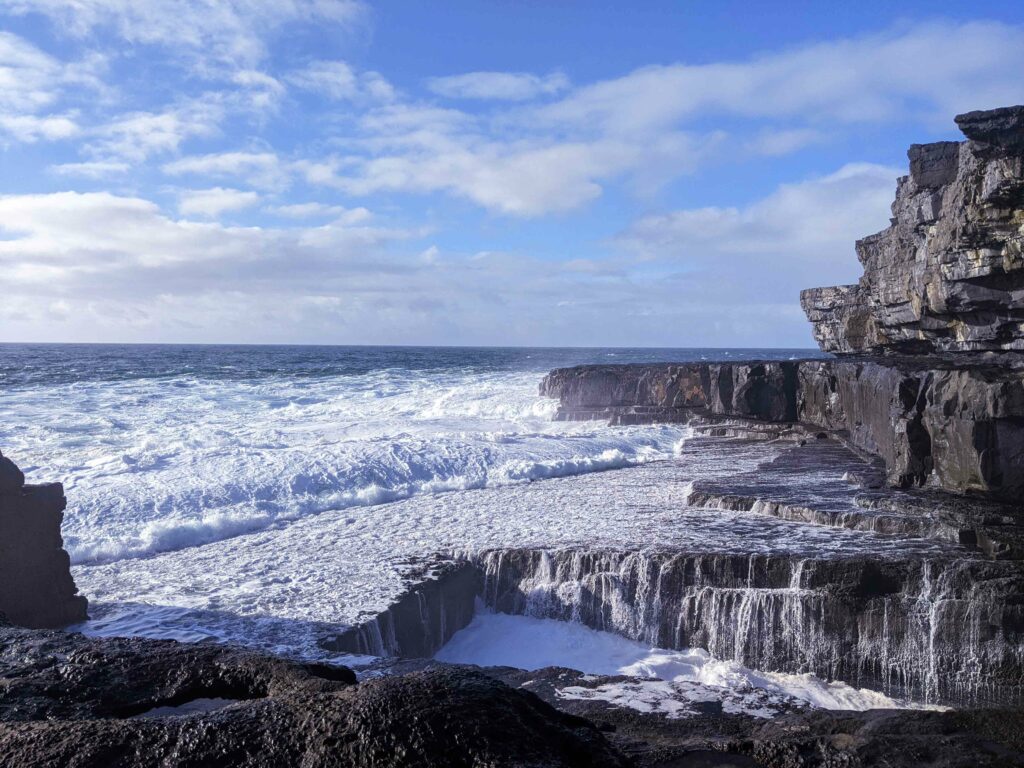
We explored the island as my guide shared stories of the island and its people and history. Farming has been a huge part of the island’s history, the stone wall patchwork of the island a constant reminder. Whilst around 800 people live on the island, much of the island is still completely untouched and has no electricity or water supply, and belongs to nature alone.
My day went in quickly, enjoying my tour, an obligatory Irish stew in Kilmurvey in a traditional thatched cottage, followed by a walk up the cliffs of Dun Aengus by myself, an easy walk and a welcome opportunity to reflect on this special island before retracing my steps back to Galway city by ferry and bus as dusk fell, before a train back to Dublin to begin my way home the following day.
Inis Mor and Clare had given me a taste of Ireland I hadn’t yet experienced, with these differing scales of distinctive landscape made up of ancient limestone contrasting beautifully with my experiences of Cork and Kerry but as always, with that special essence of Irish hospitality and spirit.
My experience in Clare and Galway was made all the more memorable by the talent and passion of the guides I met, a perfect harmony of the environmental benefits of car-free travel marrying with the social and ethical benefits of supporting local tourism. I’ll have to borrow Heaney’s summation to conclude how I felt after this experience, which caught “the heart off guard, and blow it open.”
Words & Images by Caoimhe @ McKinlay Kidd
McKinlay Kidd offer a number of car-free holidays to Ireland – why not check out our Explore Ireland’s Wild Atlantic Way Car-Free trip or take your time on our three-week Slowly Through Ireland by Train holiday? Or, if you’d prefer a fully escorted experience in the company of a knowledgeable guide, discover our Ireland’s Wild Atlantic Way Guided Rail Tour. Visit our website for more holiday inspiration.

